Car making is hard. Profitable car making is a whole lot harder, and for proof you only need run a wistful eye over the defunct marques named below.
Some were born close to the dawn of the car, when bicycle makers and blacksmiths saw money in the new-fangled horseless carriage. Dozens of opportunists founded car companies, many of them clever engineers, savvy businessmen and sometimes both.
Car making at the start of the 20th century was like internet entrepreneurialism at the end of it: plenty jumped into the pool, but only the fittest survived in a market that many didn’t understand.
But other car makers have gone despite early successes. Recessions killed many and bundled others into doomed liaisons. Misreadings of the market, the complacency that came with selling sub-standard cars to Britain’s colonies, destabilising government policies, failure to spot the competition and poor management all contributed to the demise of car makers.
But what annihilated great chunks of the British car industry from the 1960s through to the century’s end was a poisonous mix of politics – from communist-agitated unionism to catastrophic government meddling and cost-obsessed management who couldn’t see that building a genuinely better car might build a better business.
Allard
Sydney Allard built almost 2000 cars between 1946 and 1959, many of them fast, American V8-engined sports cars, although there were plenty of saloons and even a woody wagon.
Alvis
A maker of between-wars, high-quality sports cars in its heyday. Duller saloons followed, but the Graber-styled TC to TF series of coupés and roadsters were a handsome swansong. It was bought by Rover in 1965, but car production ended two years later, Alvis becoming a military vehicles maker. It was swallowed by BAE Systems in 2004.
Austin
During much of its 83-year life, Austin was a serial maker of tediously dependable family cars. But it also produced two landmark designs, both called Austin Seven. The 1922 original was an affordable car that put much of this nation on wheels, and its 1959 namesake triggered a design revolution for small cars. That car was the Mini, the Seven label soon being dropped.
The Mini was also available in larger sizes as the 1100 and the 1800. Like both Austin Sevens, the 1100 (and near-identical Morris) became huge sellers. But it was 1973’s 1100 replacement, the Allegro, that doomed Austin.

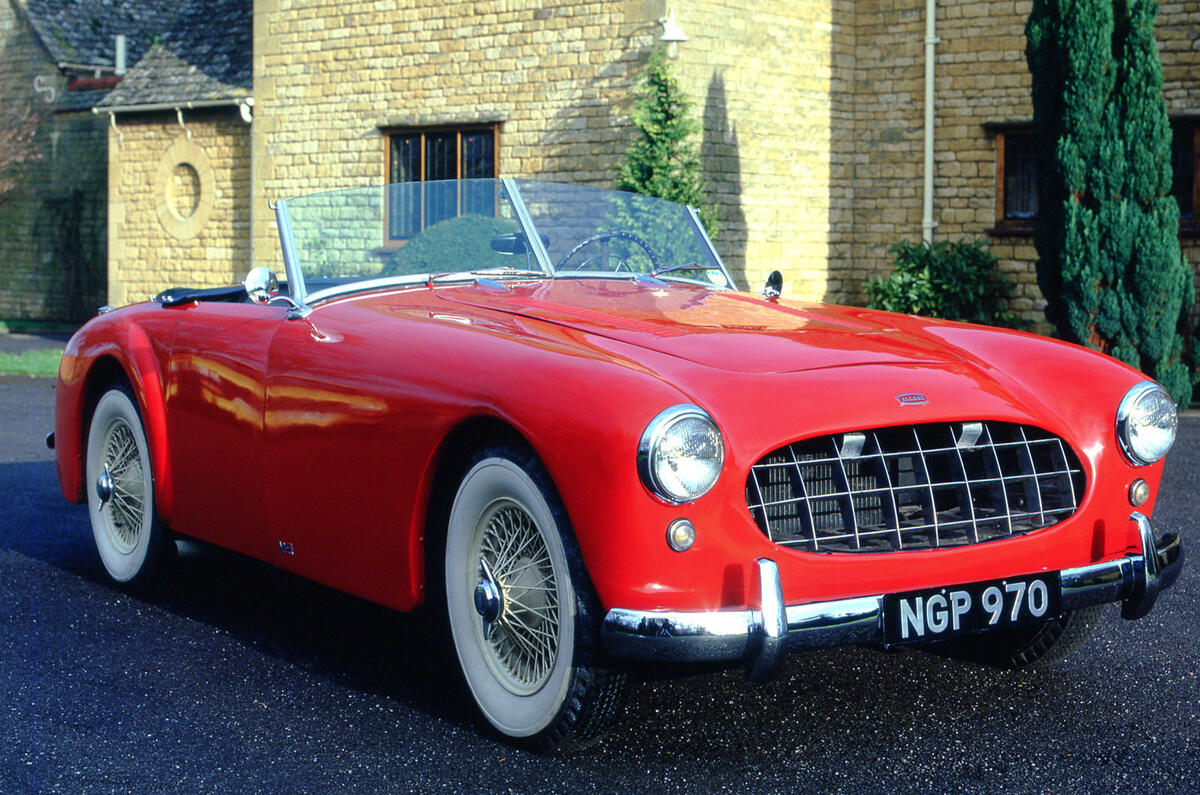
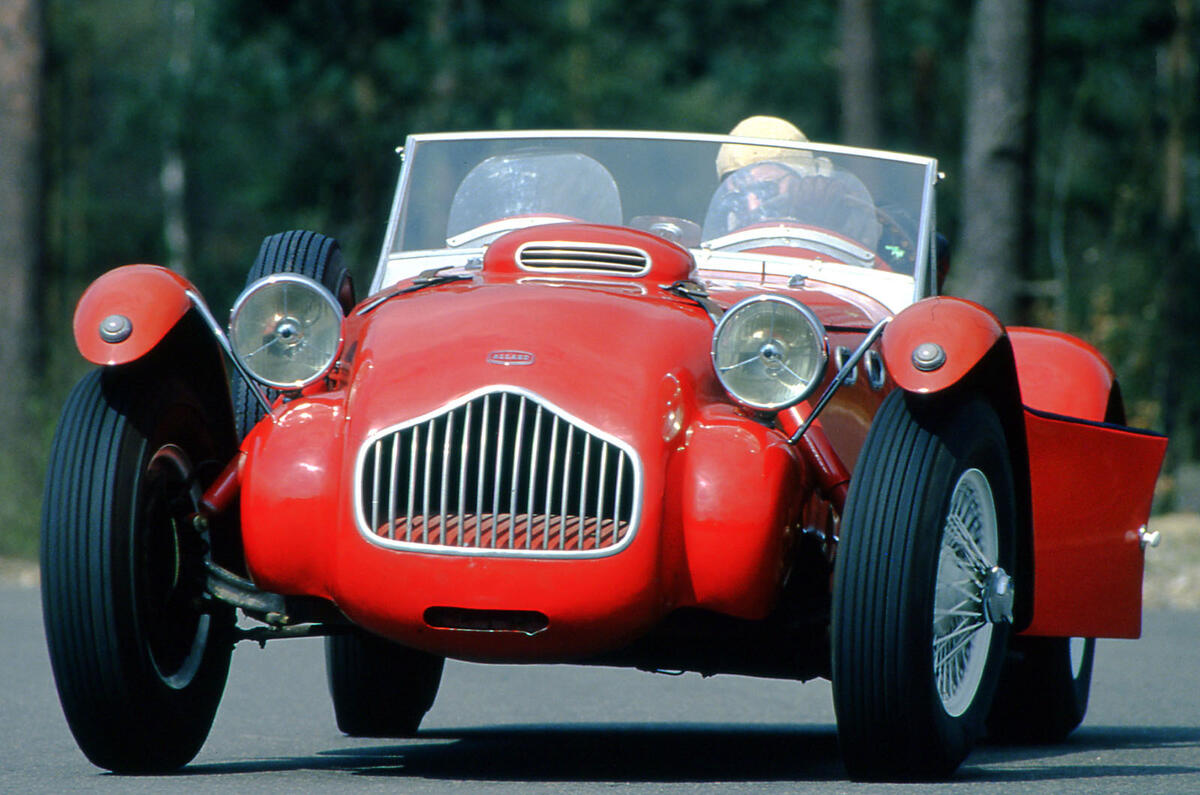

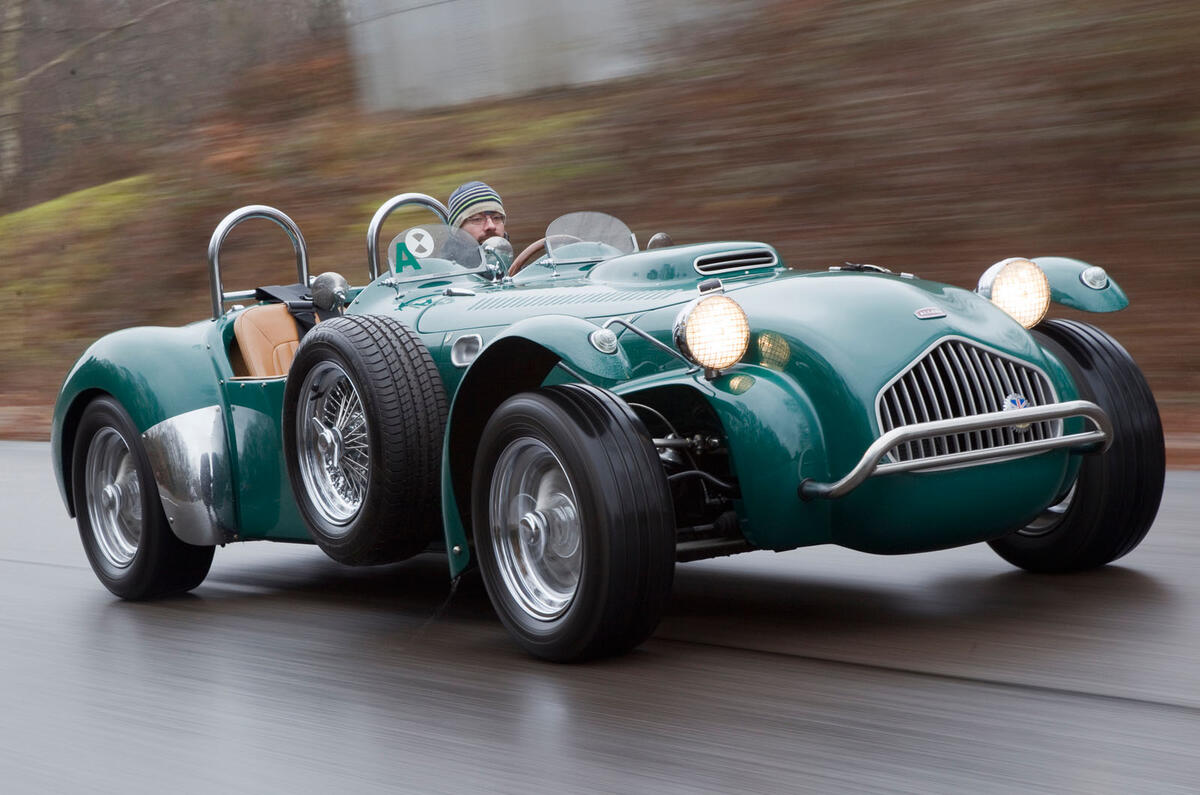
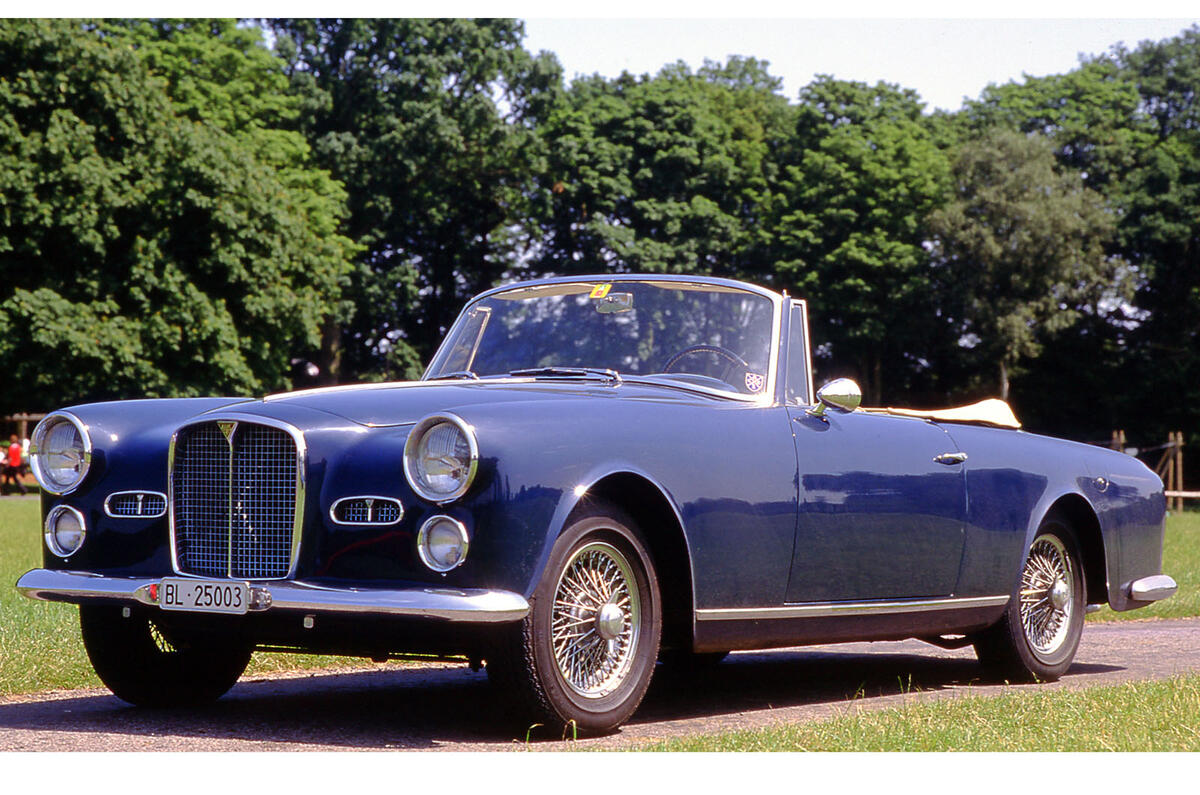

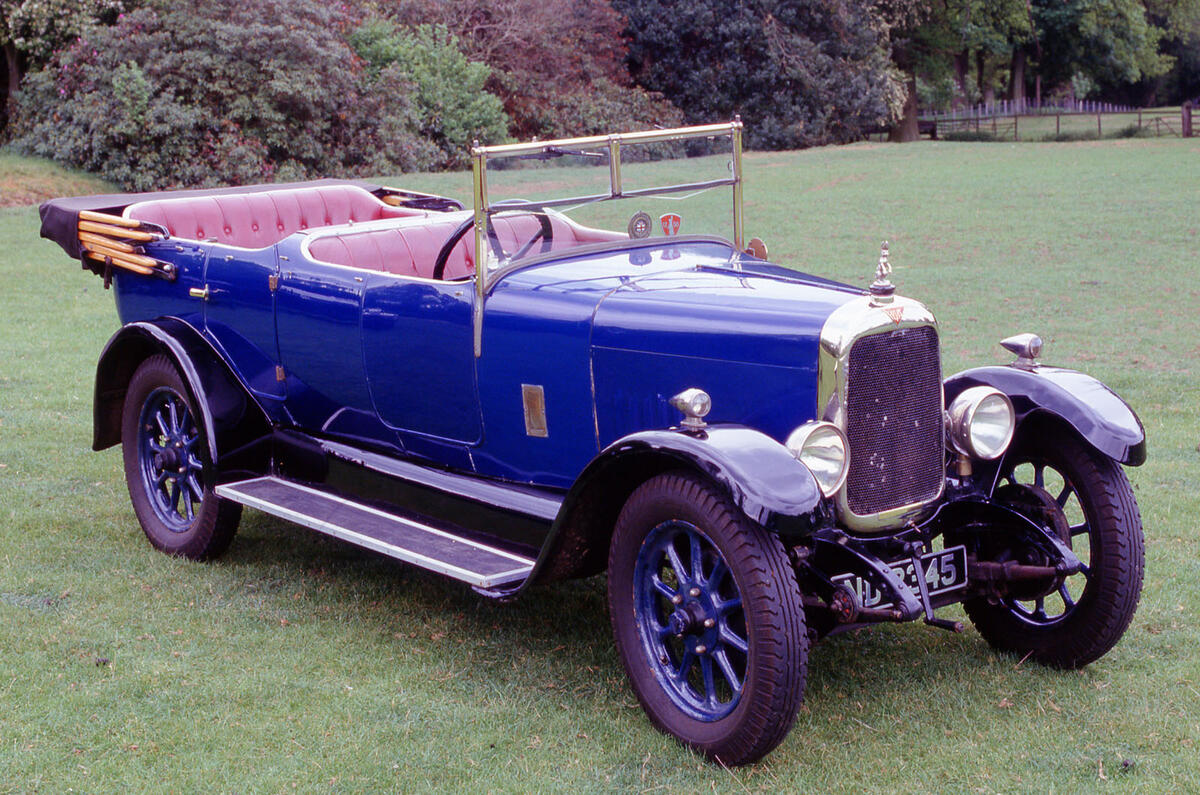
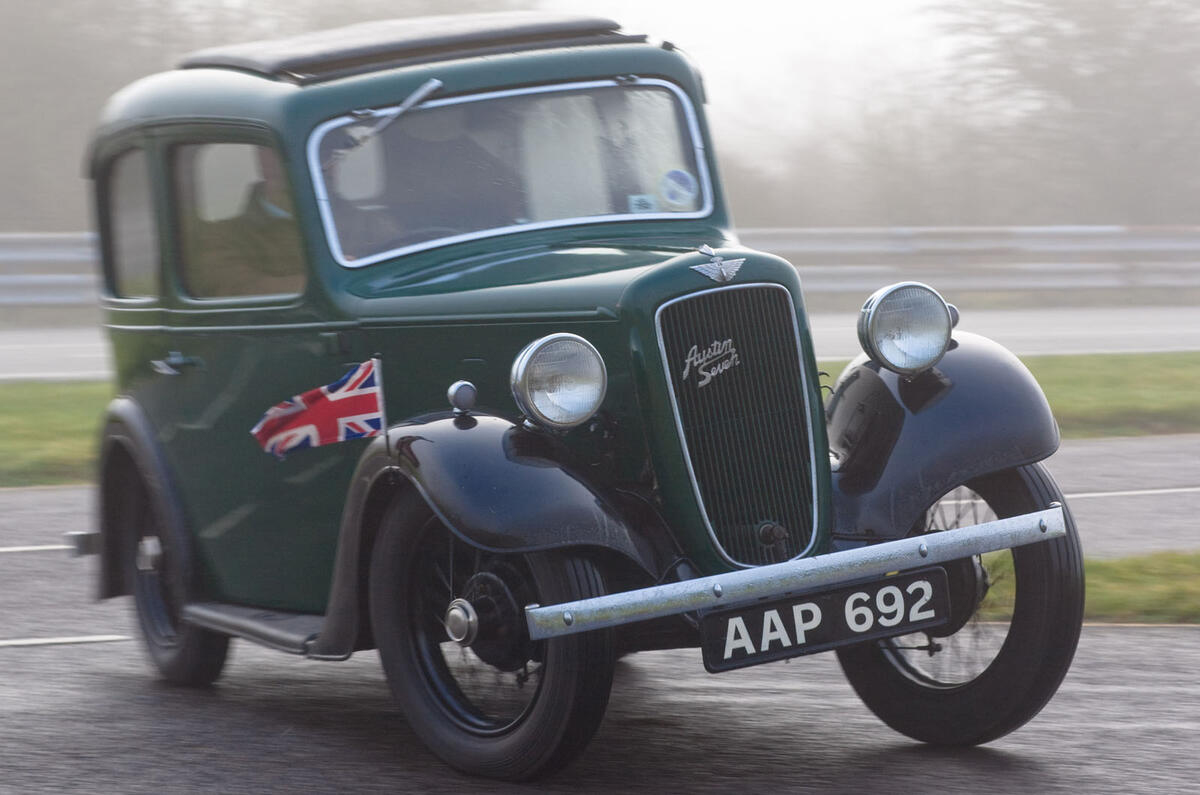
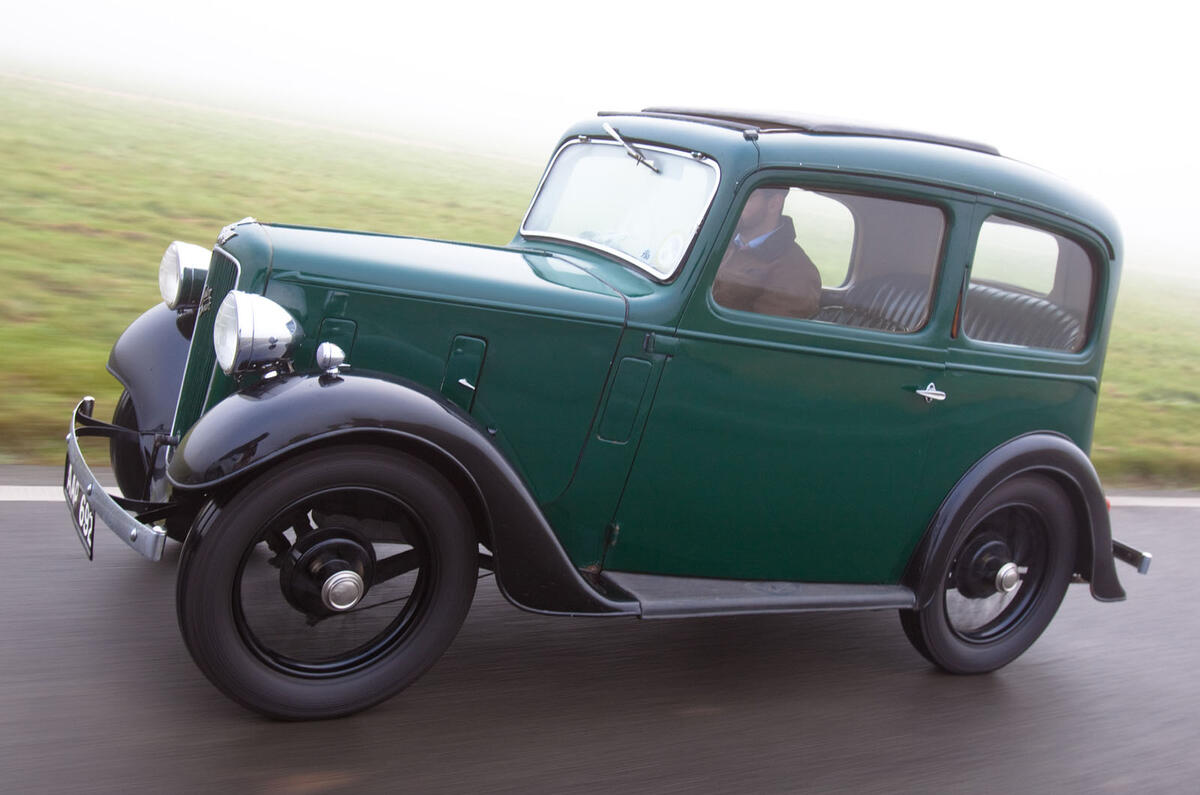
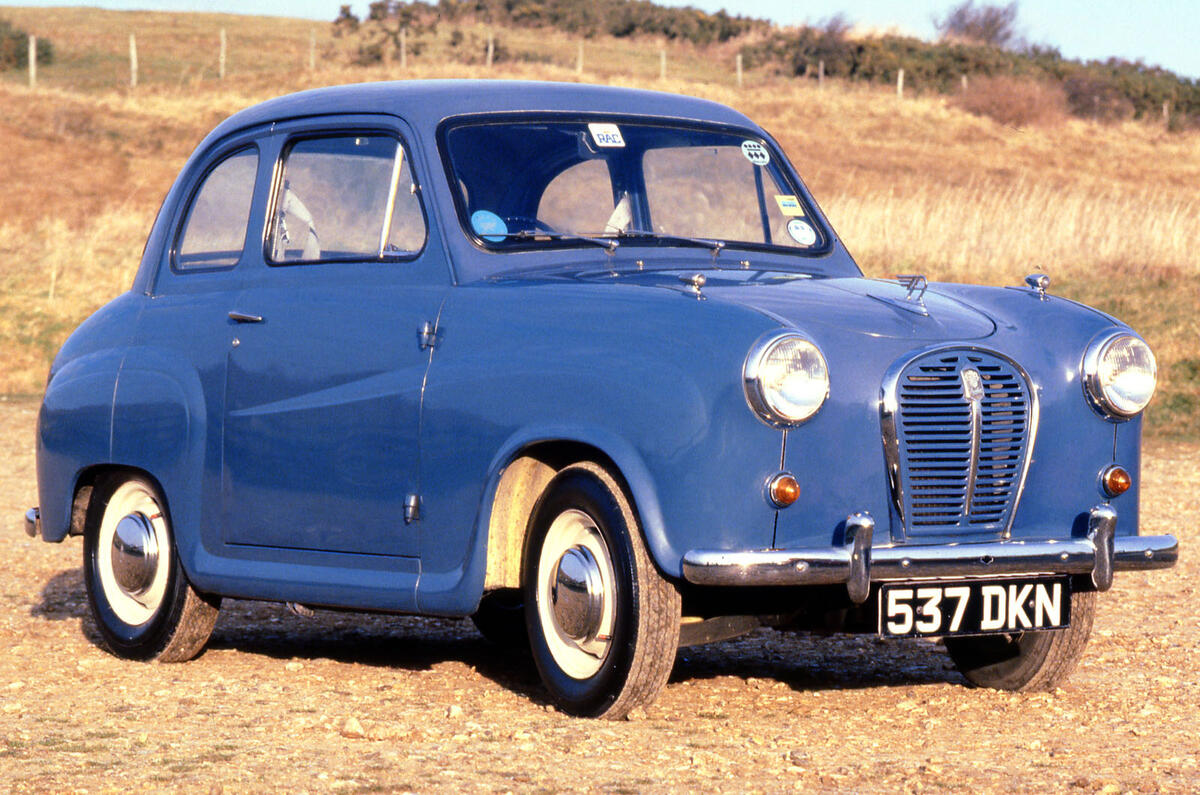

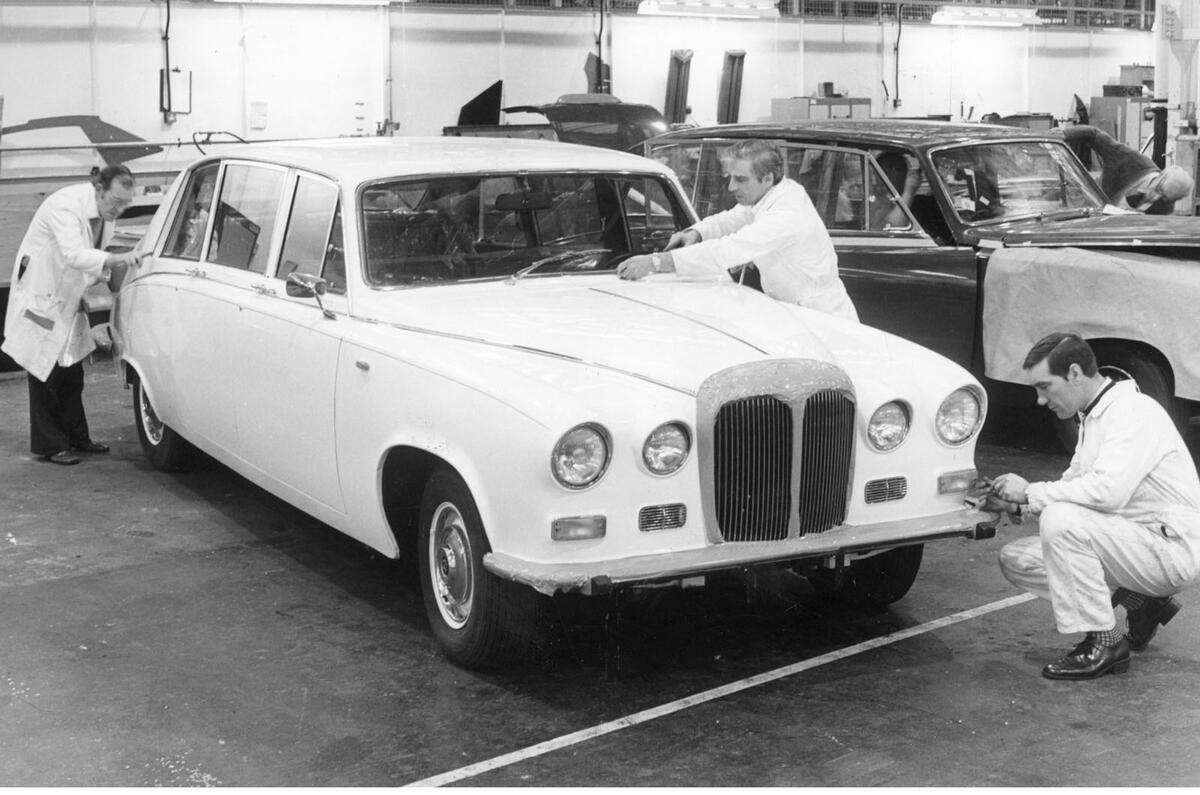
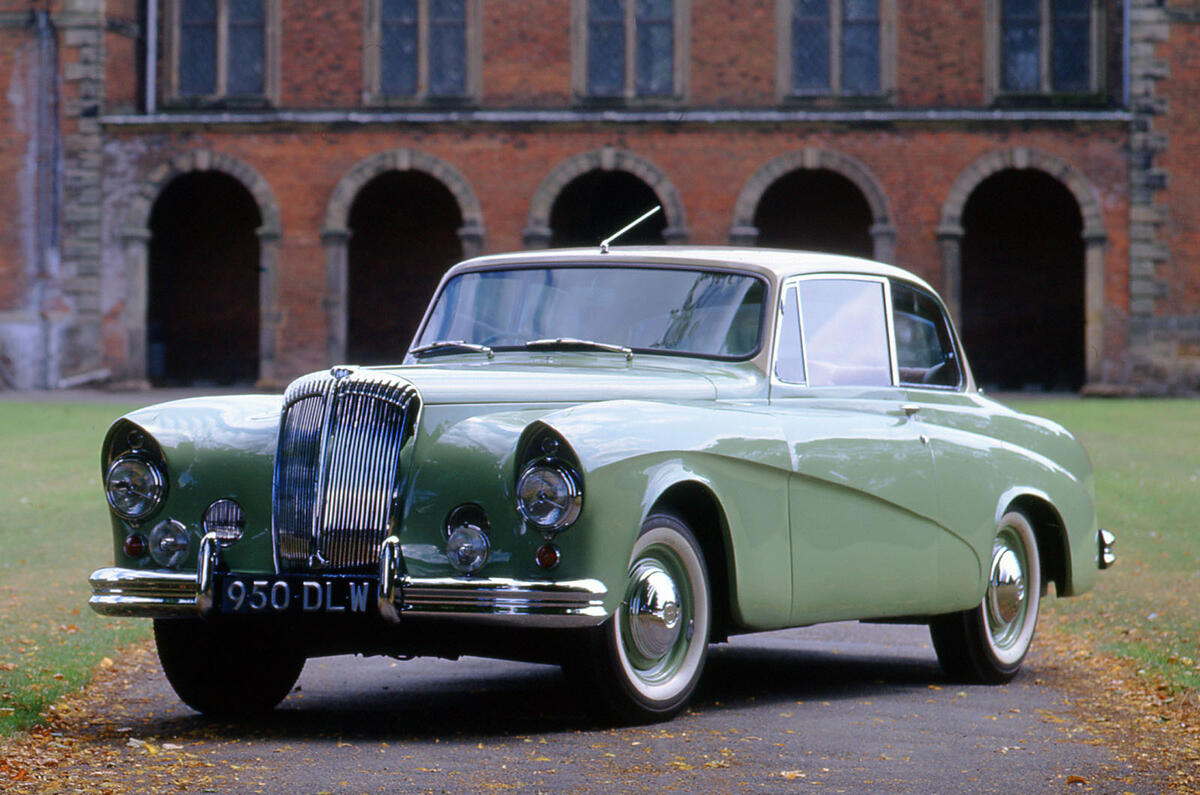
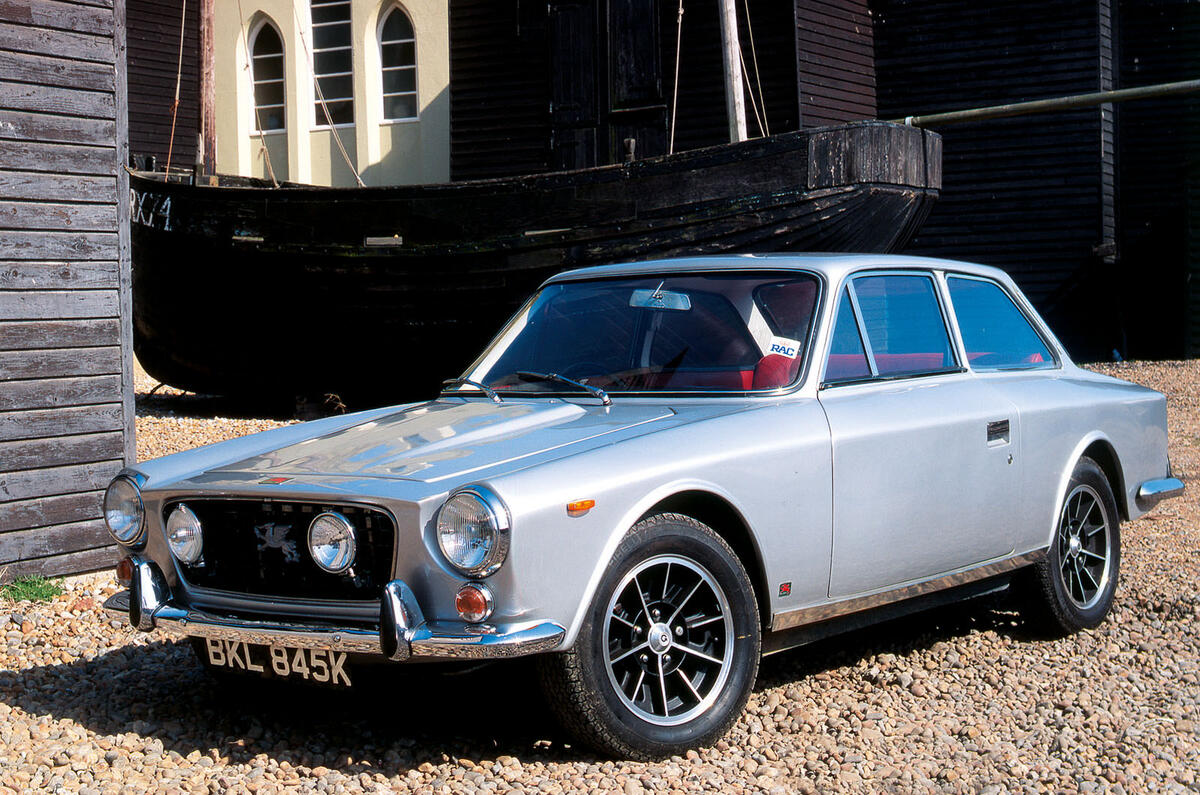
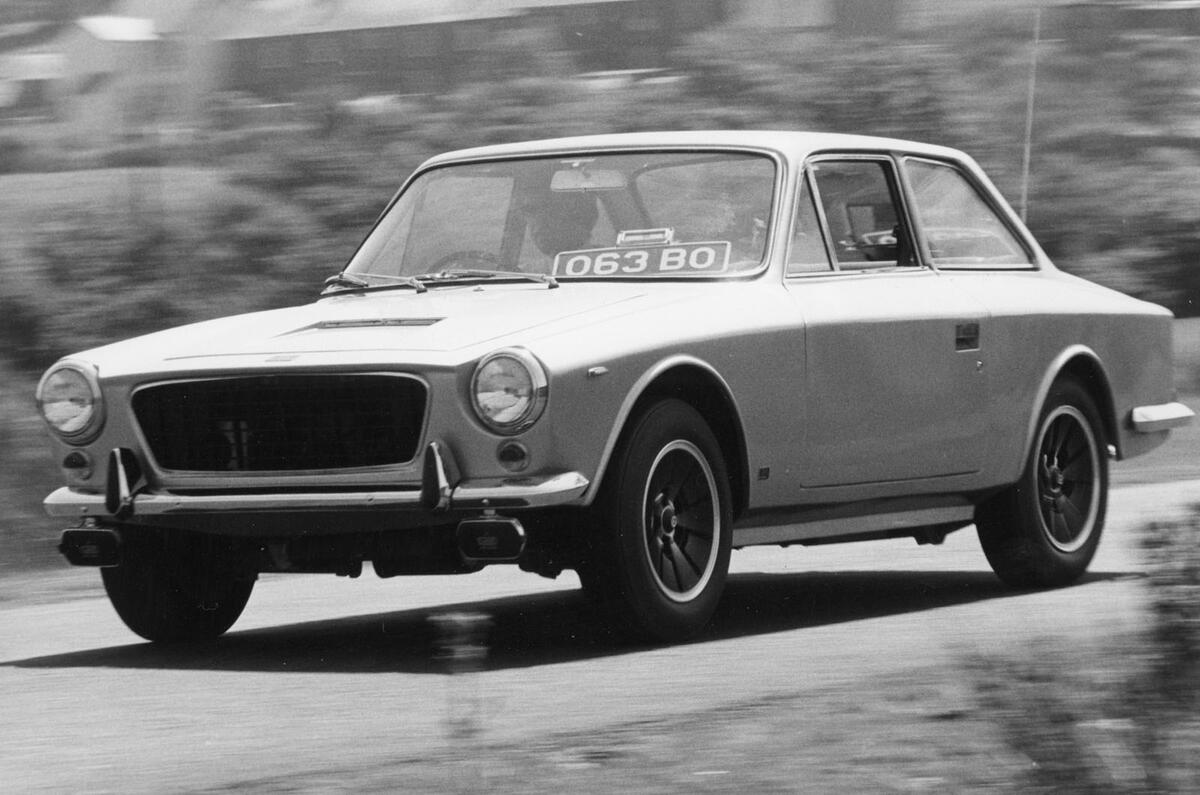
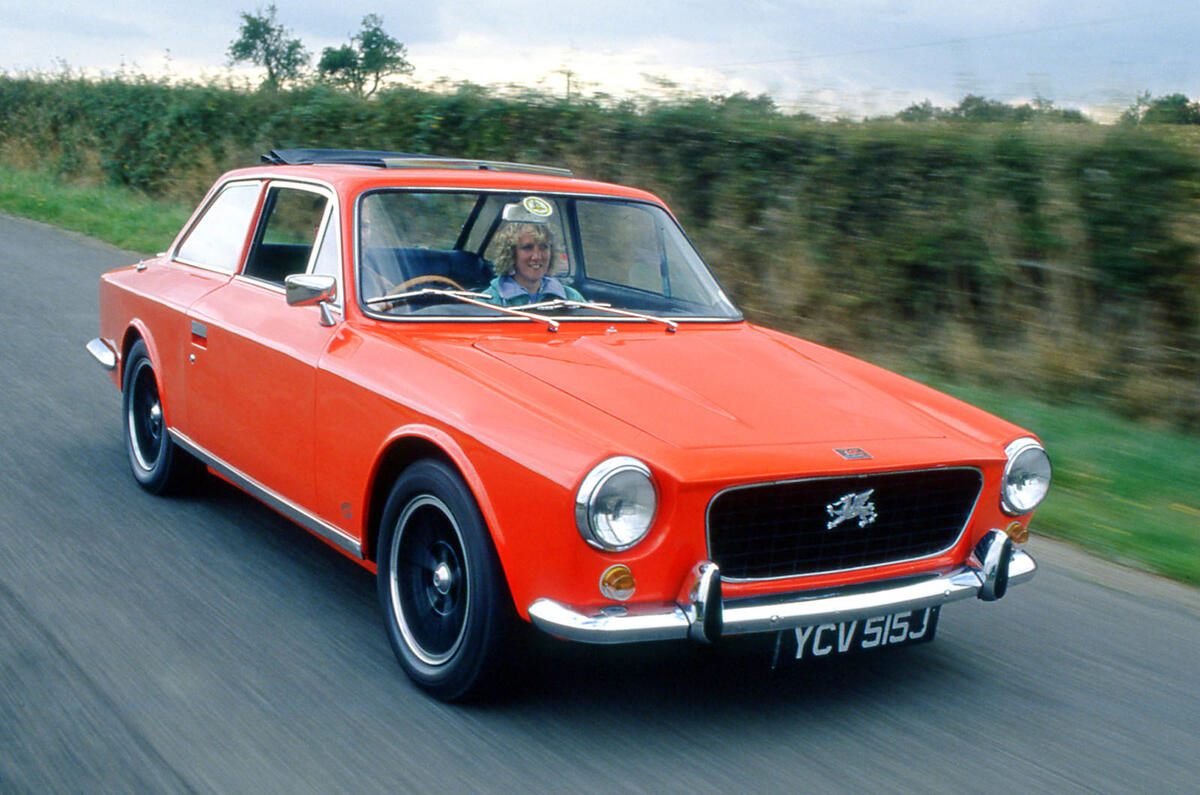

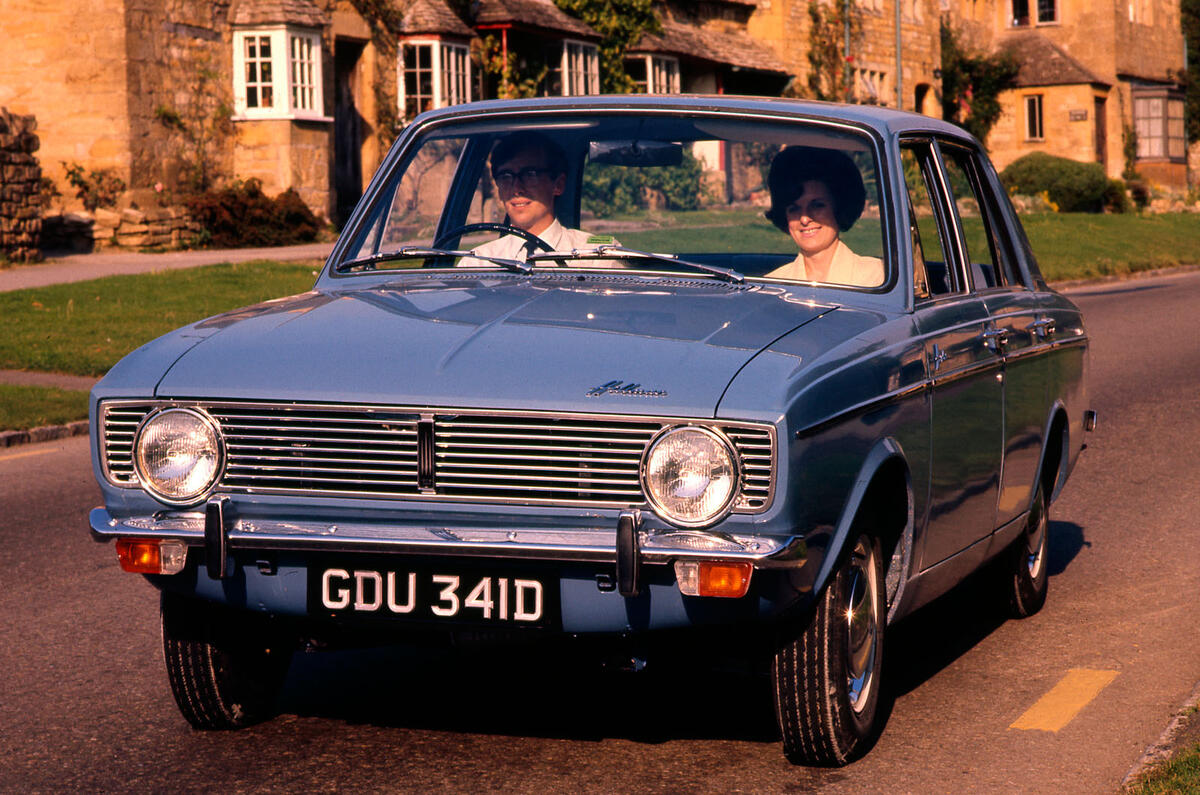

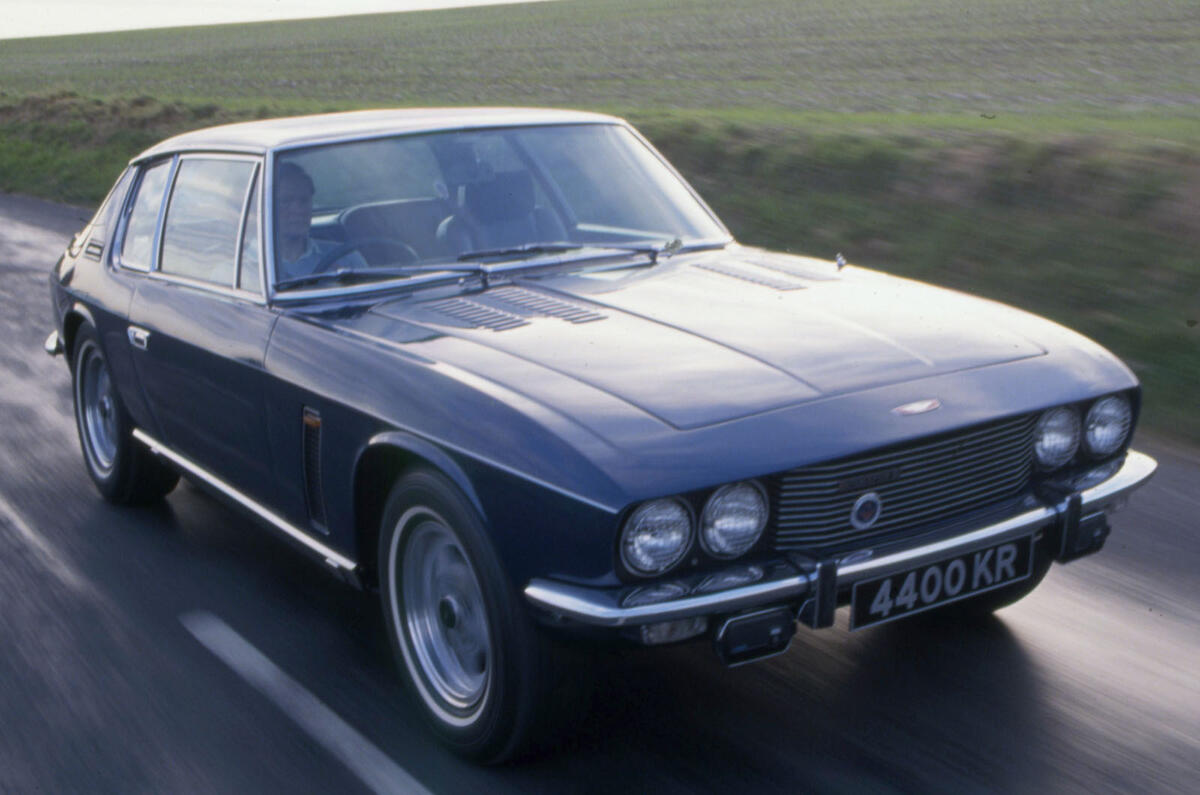
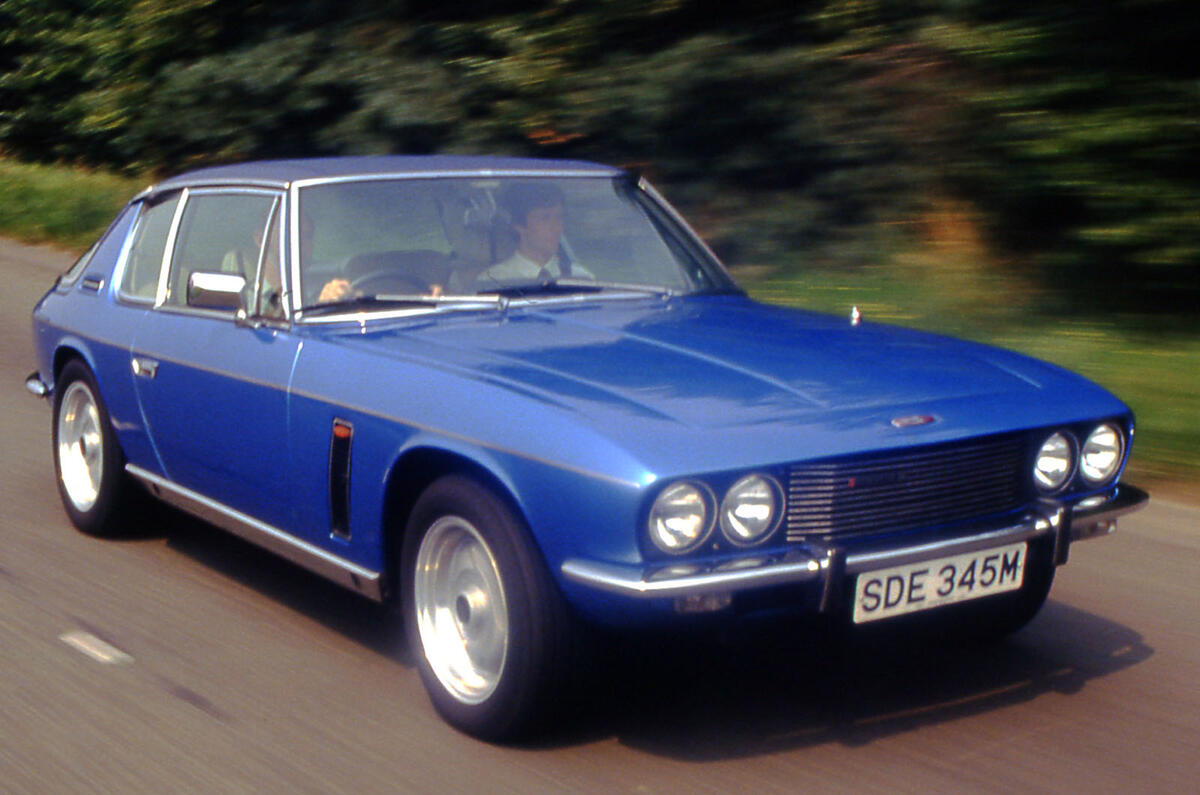
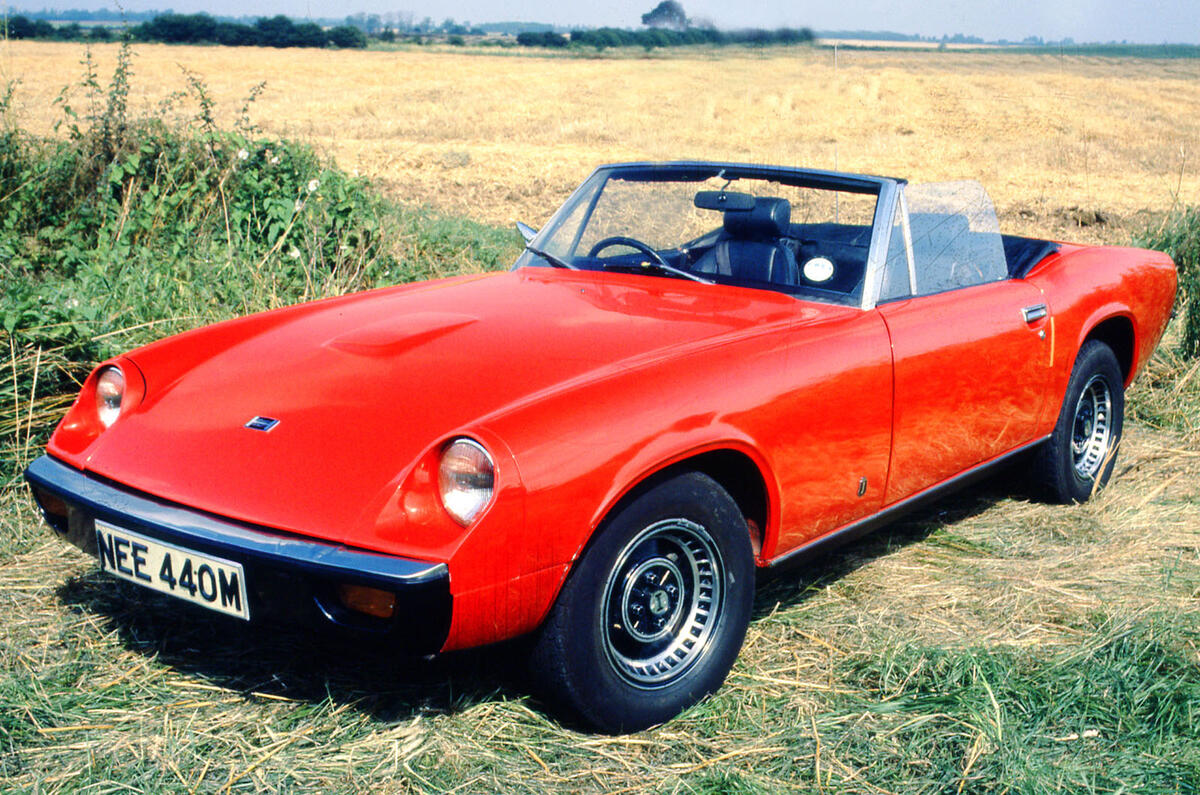
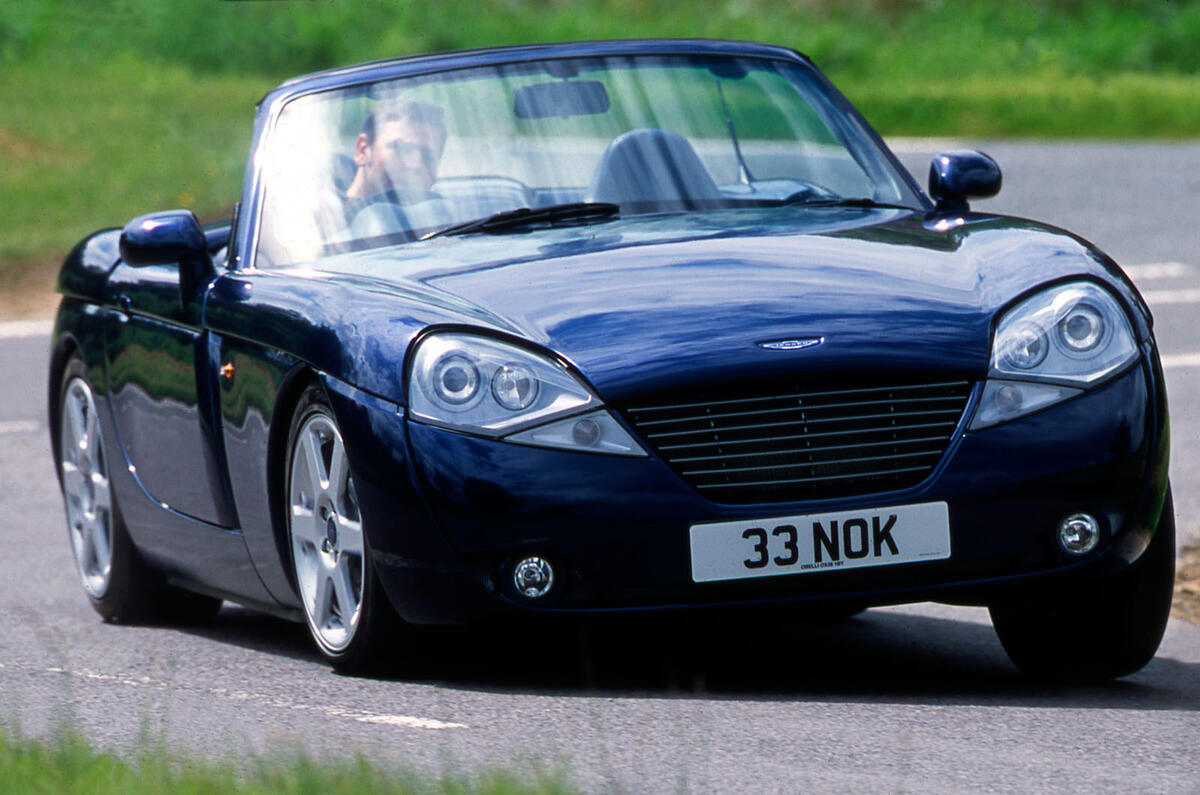
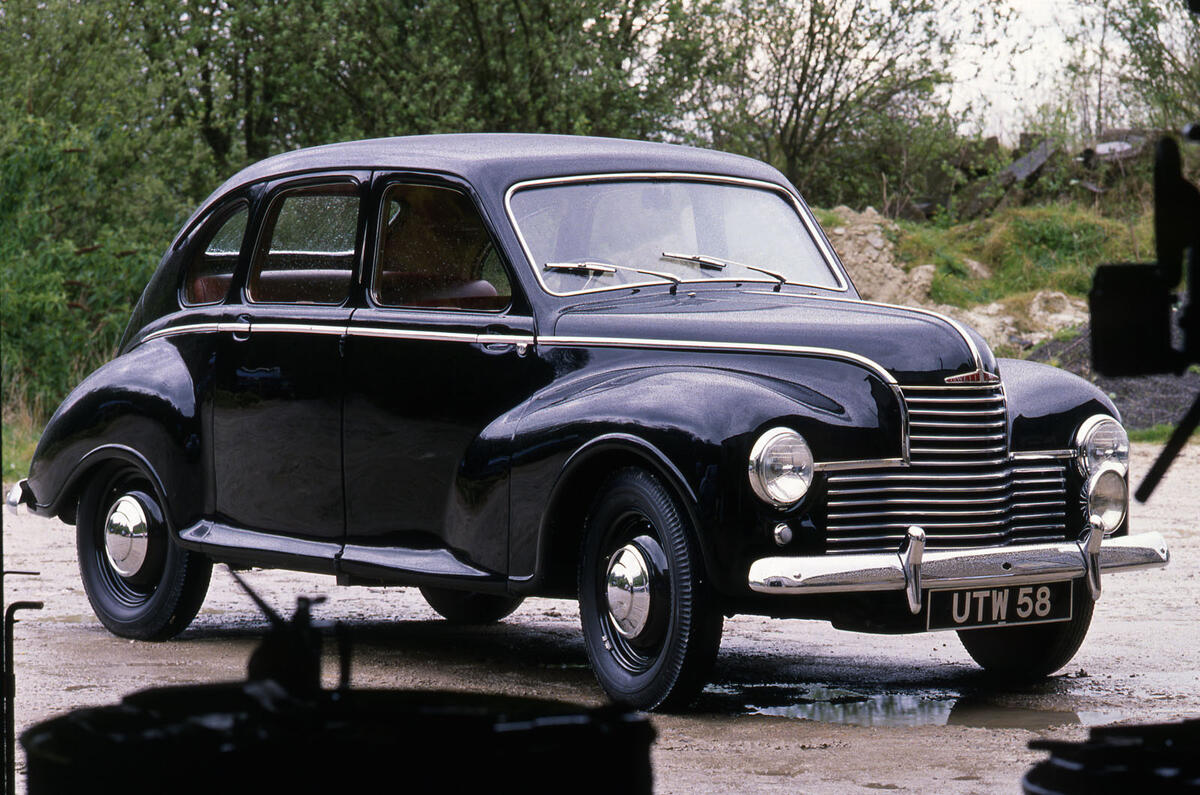
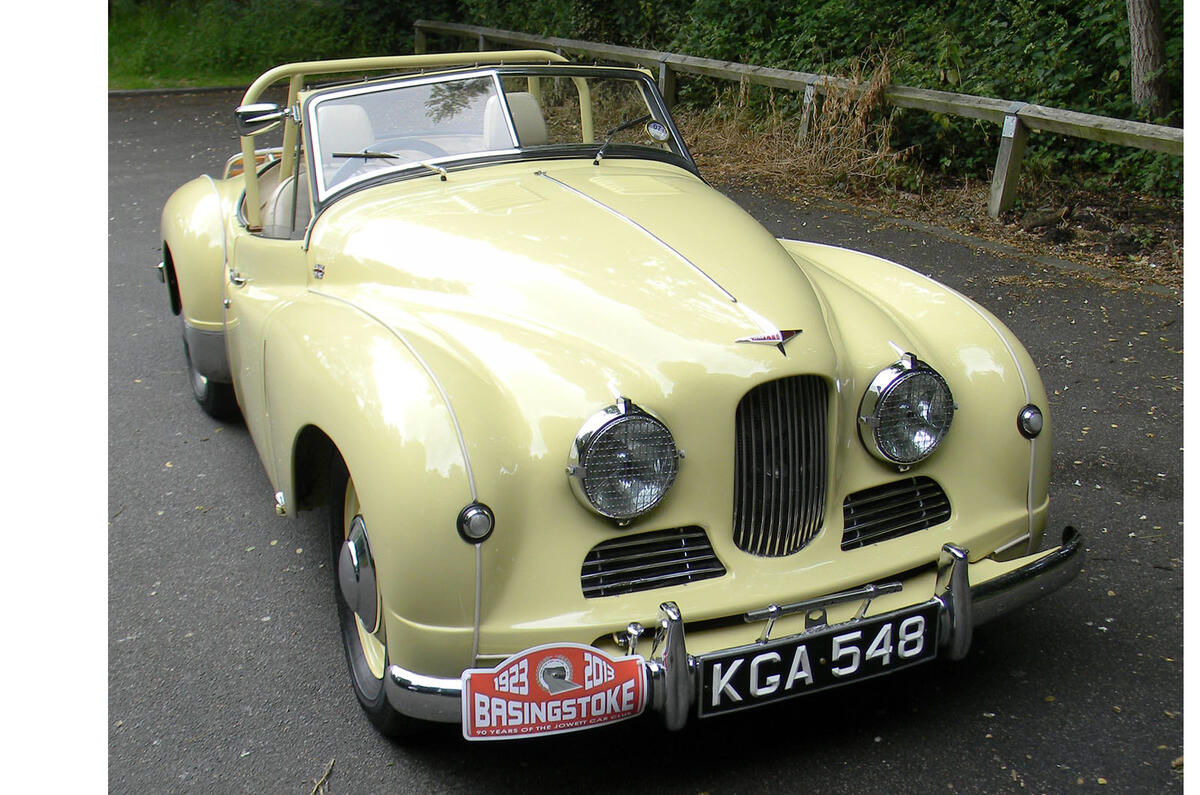
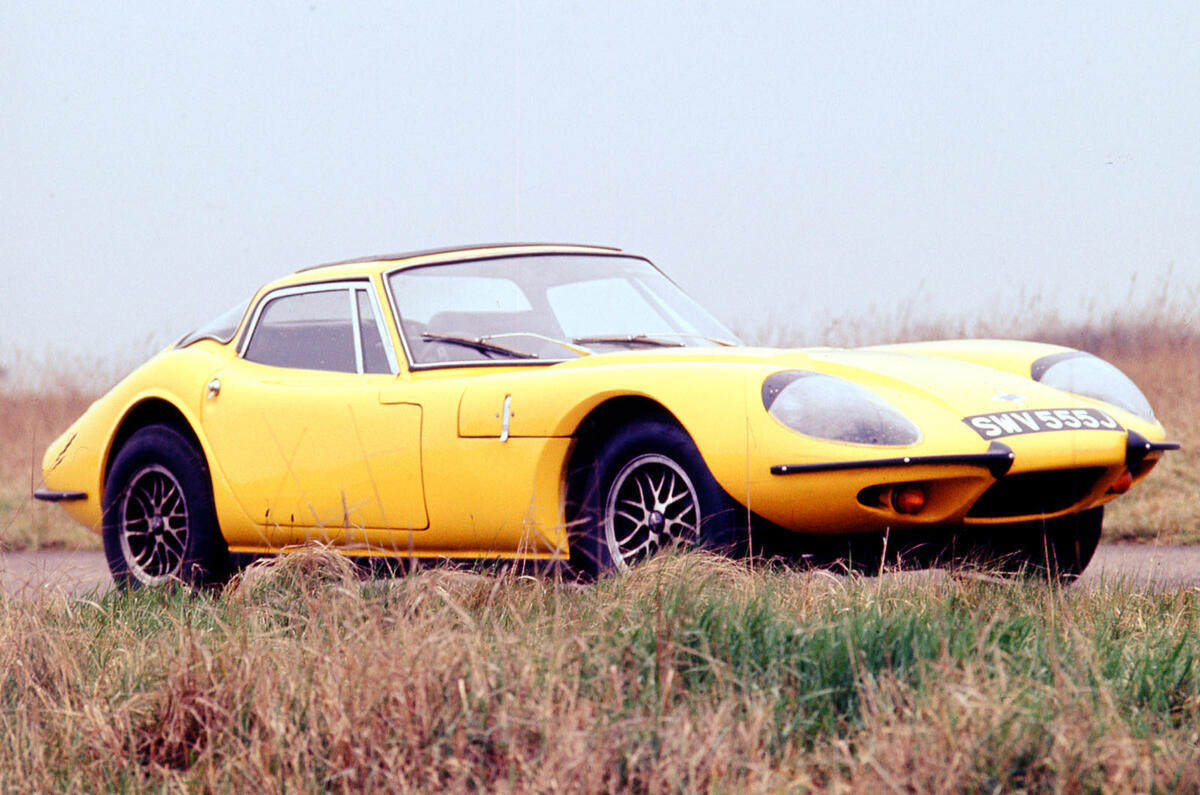

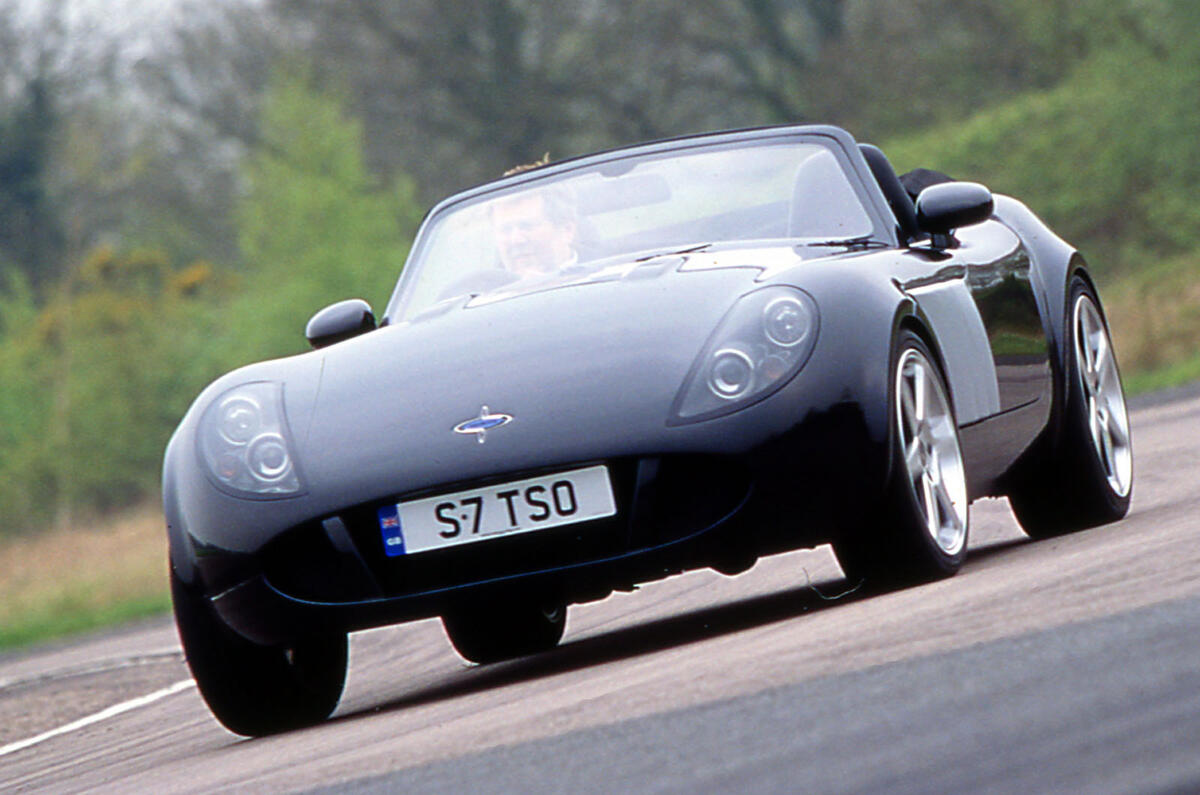
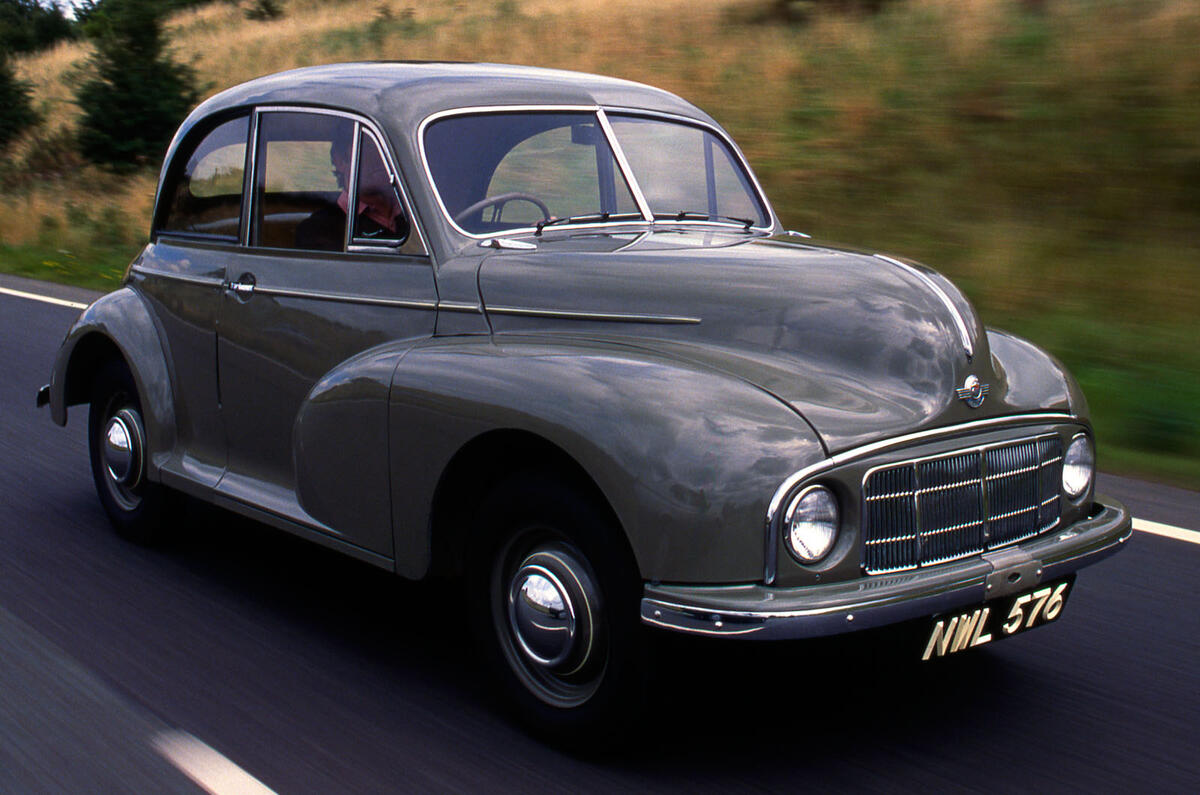
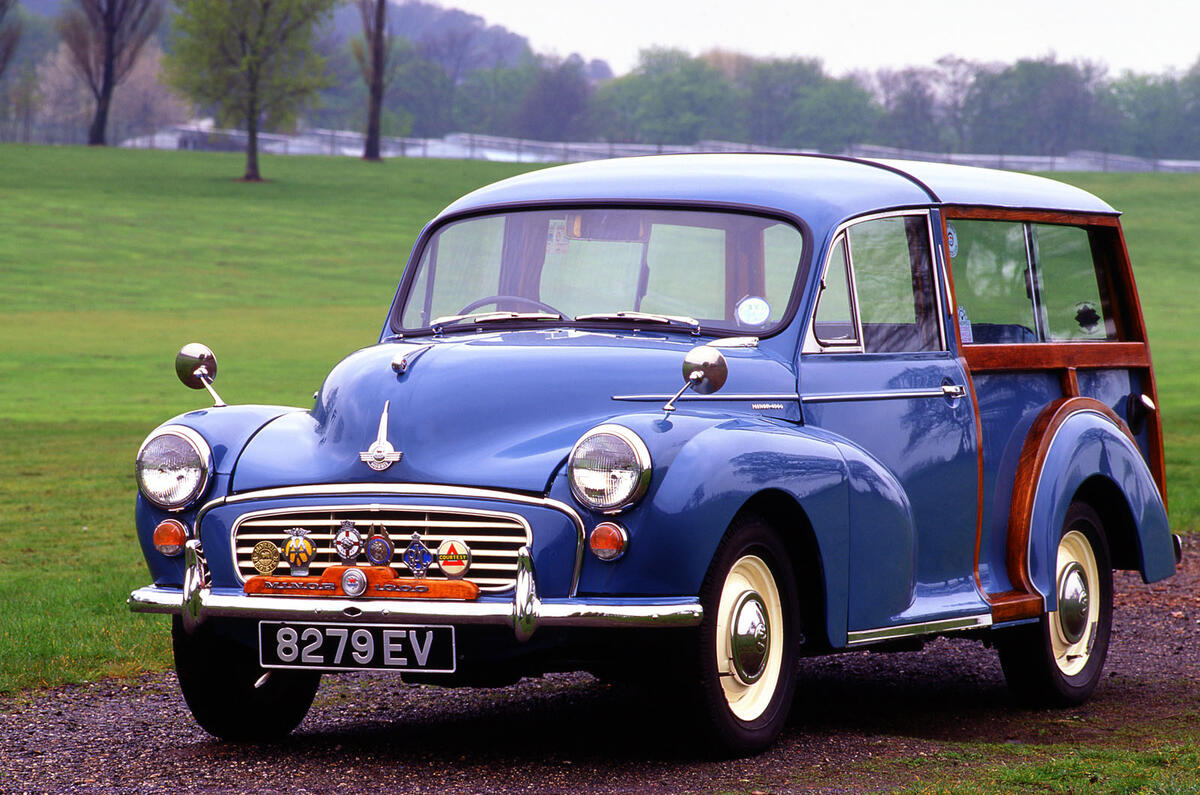
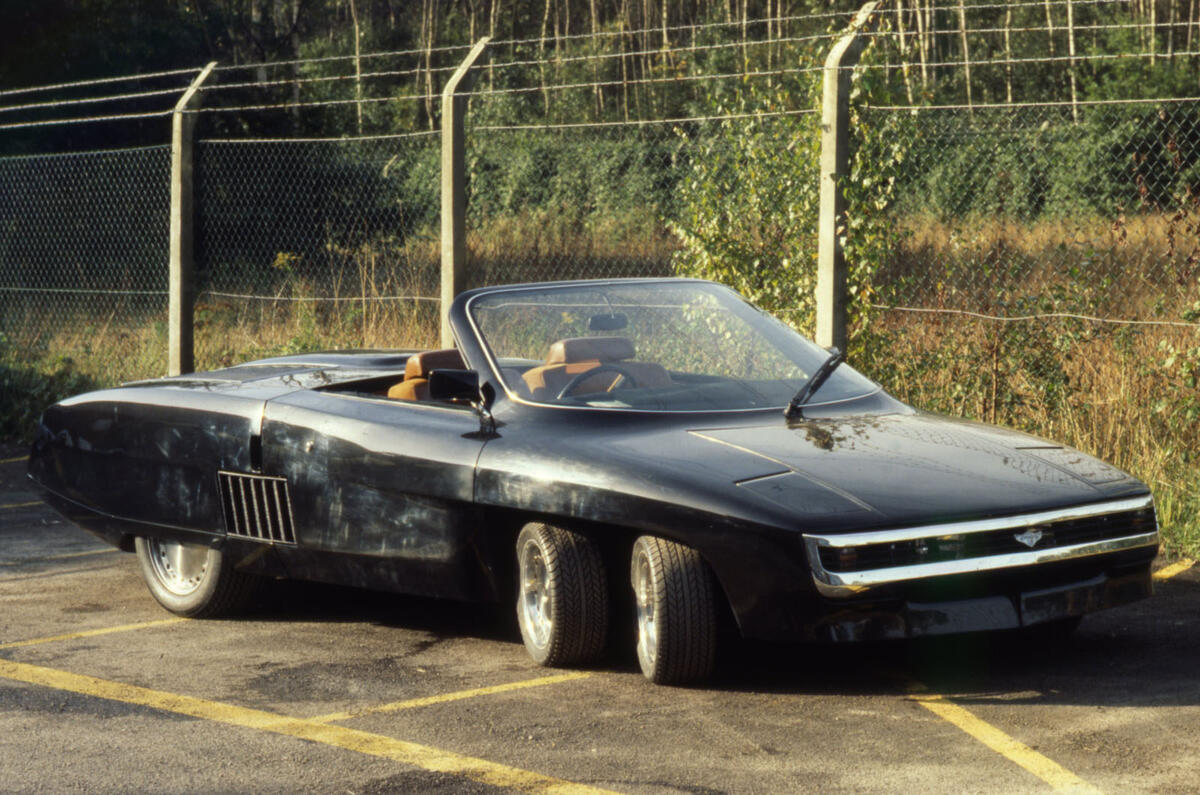


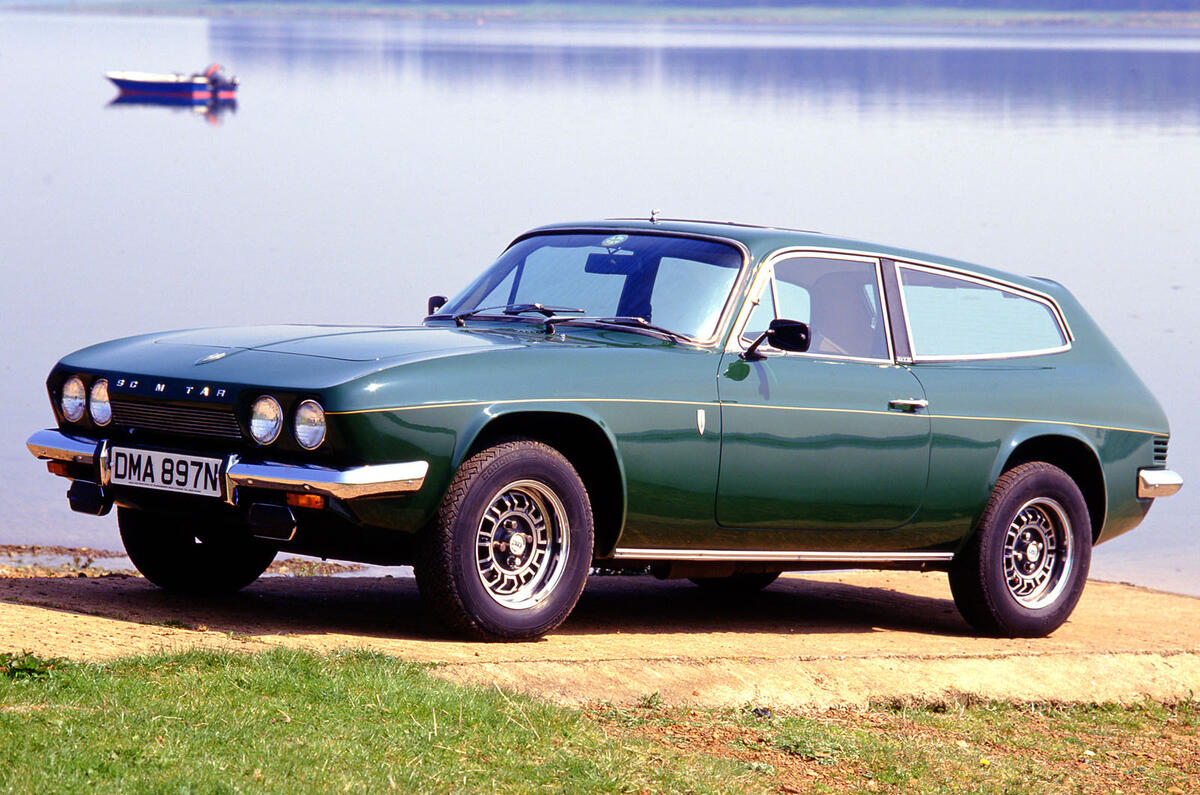
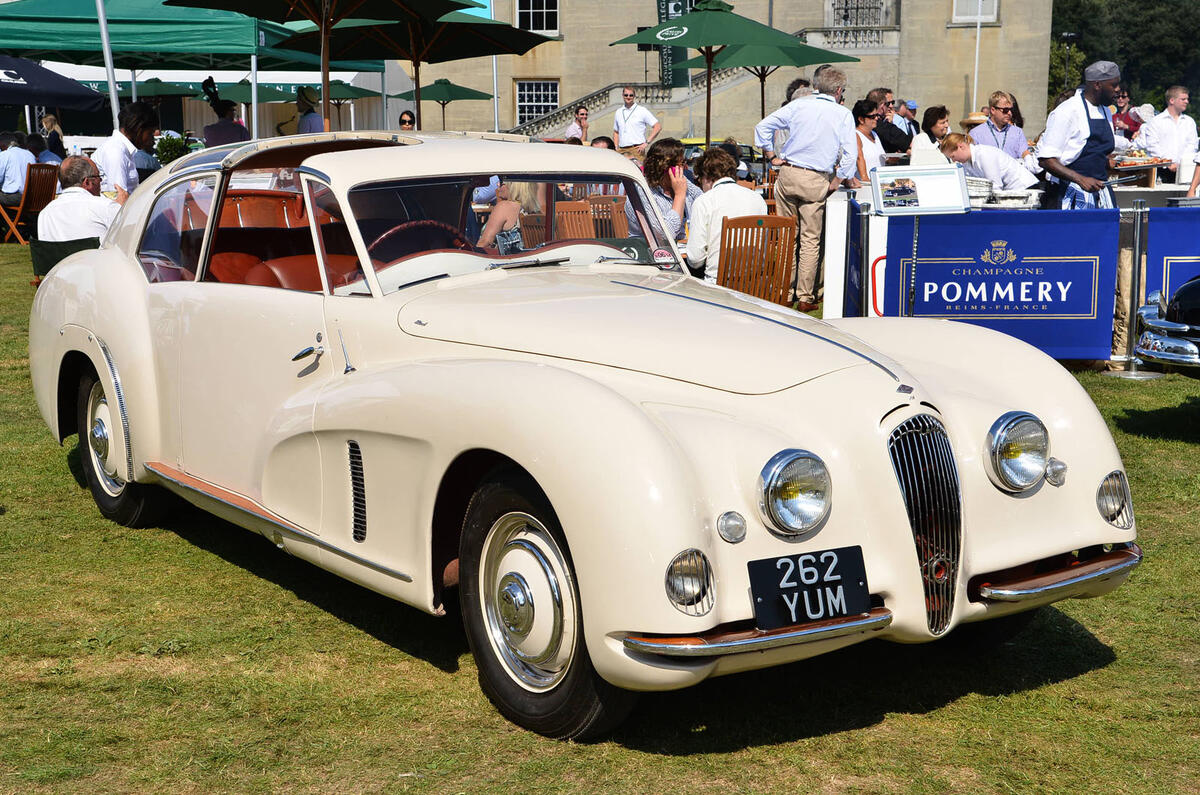
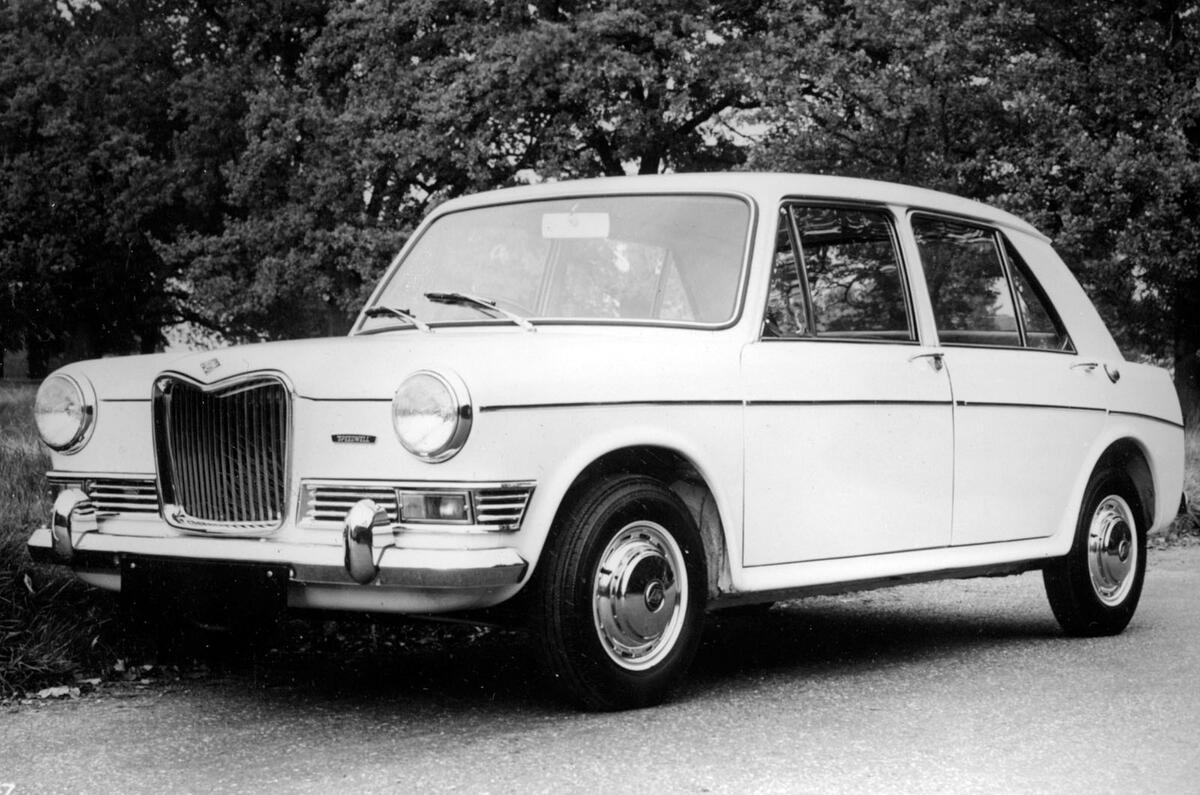
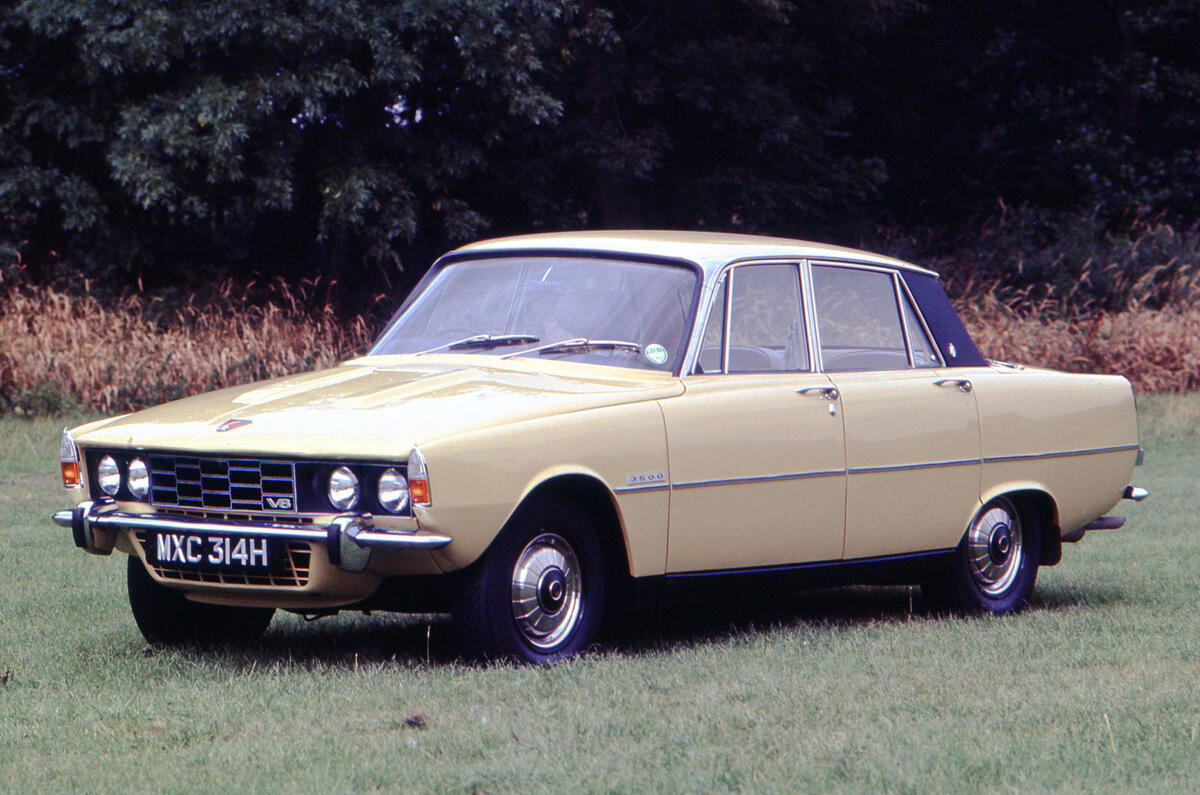
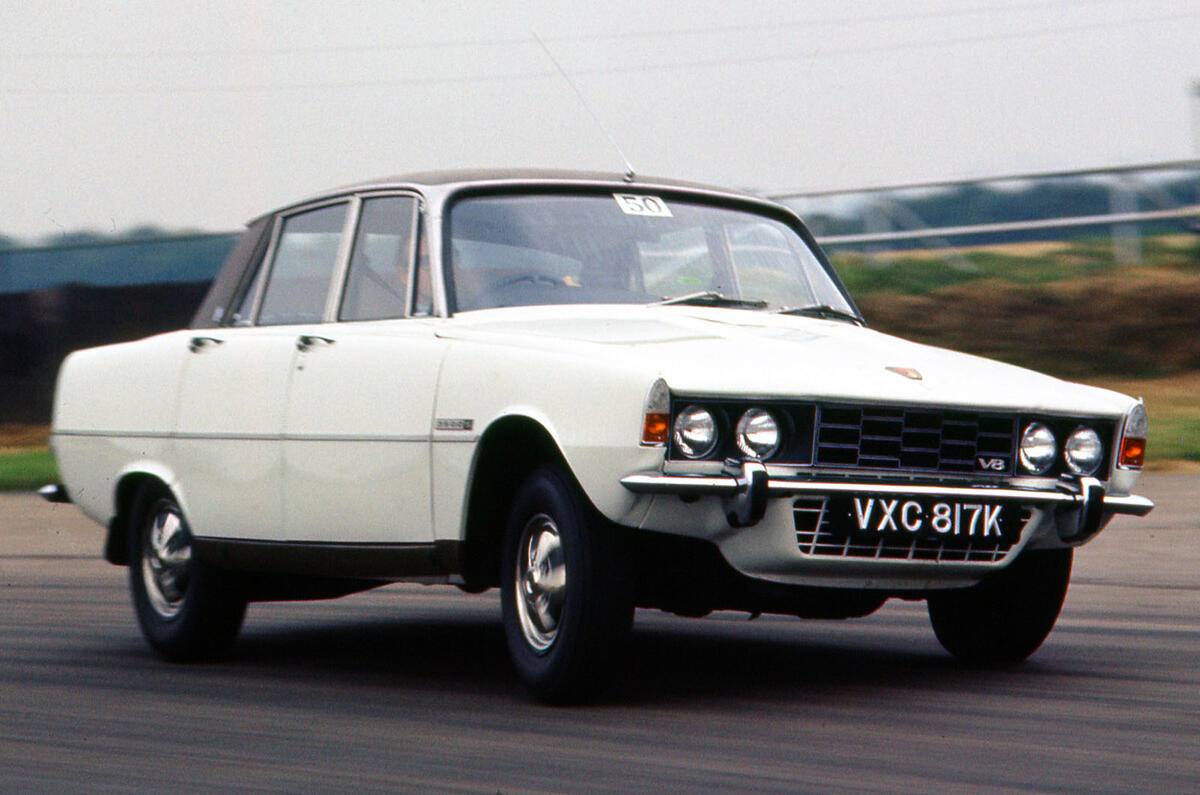

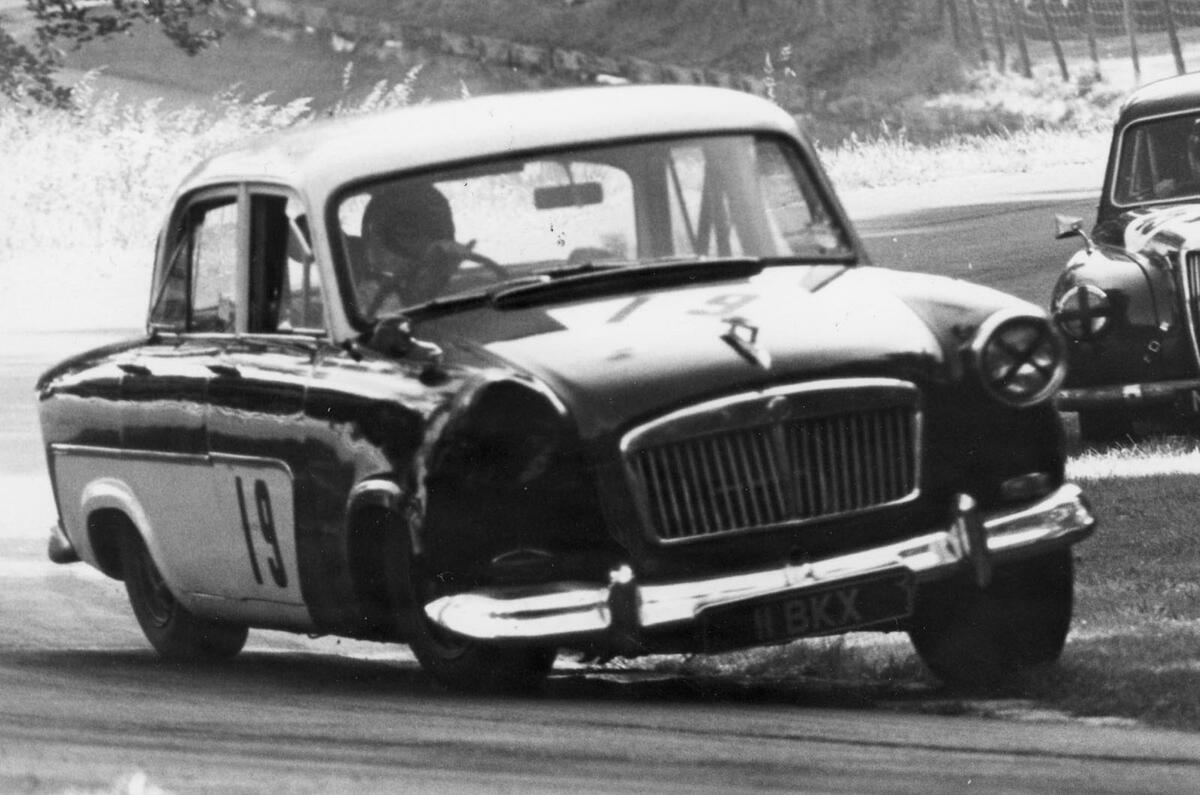
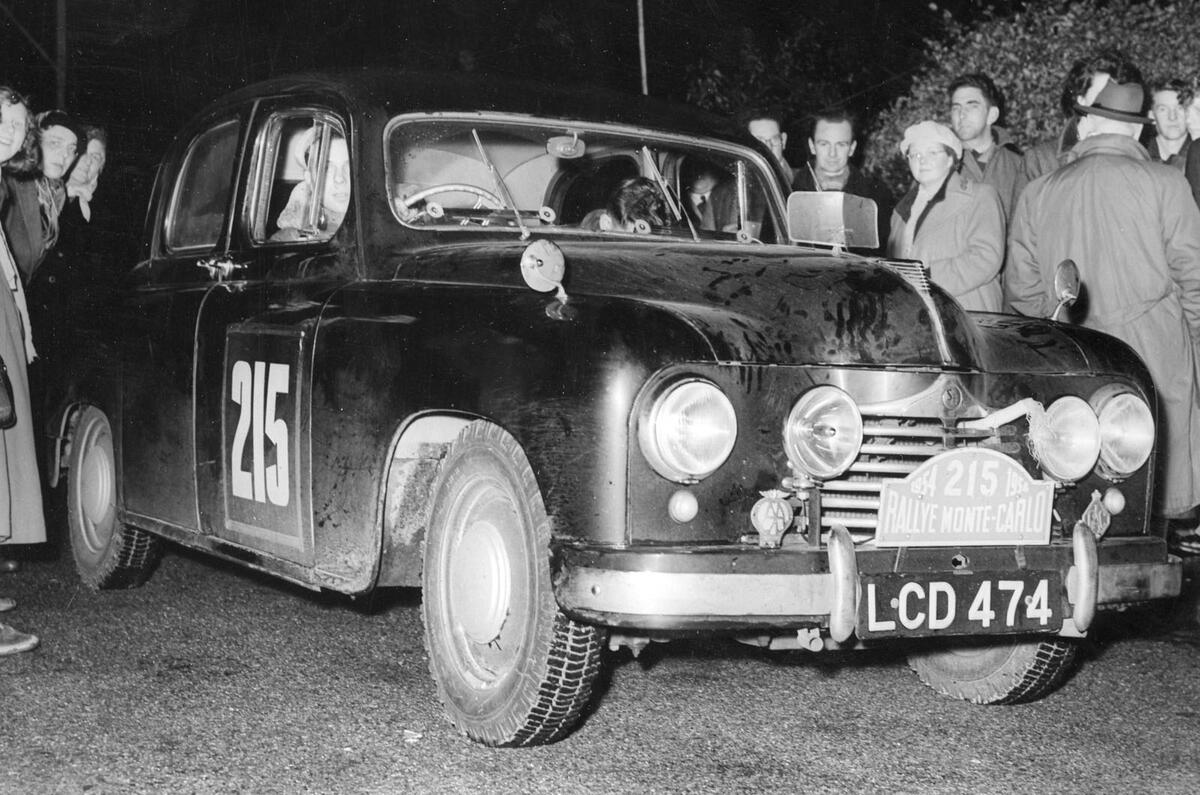

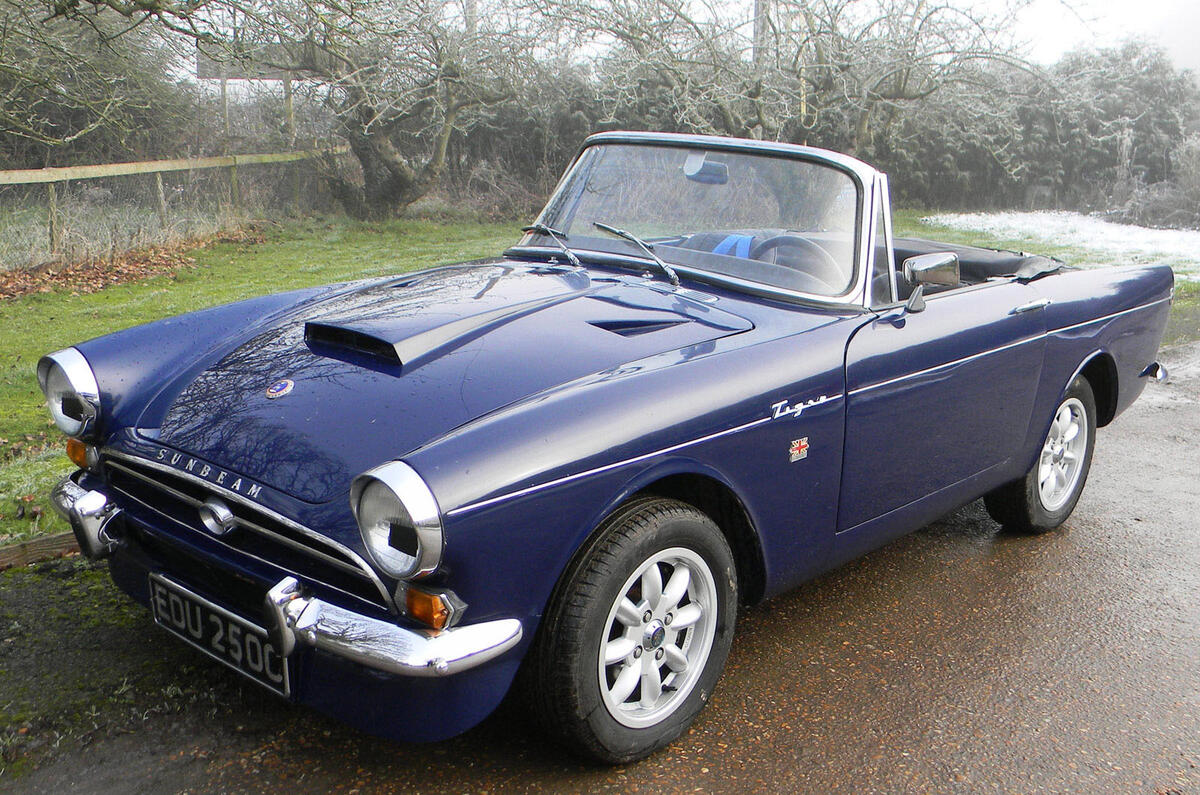
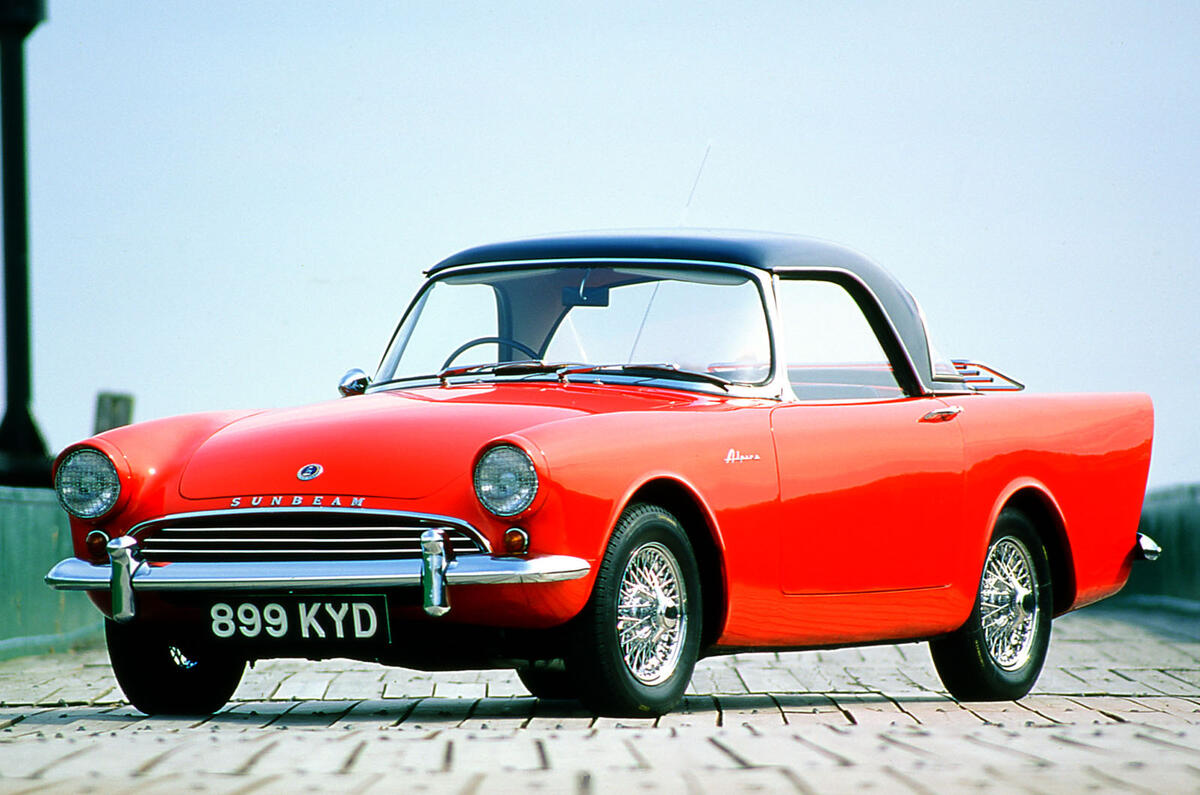
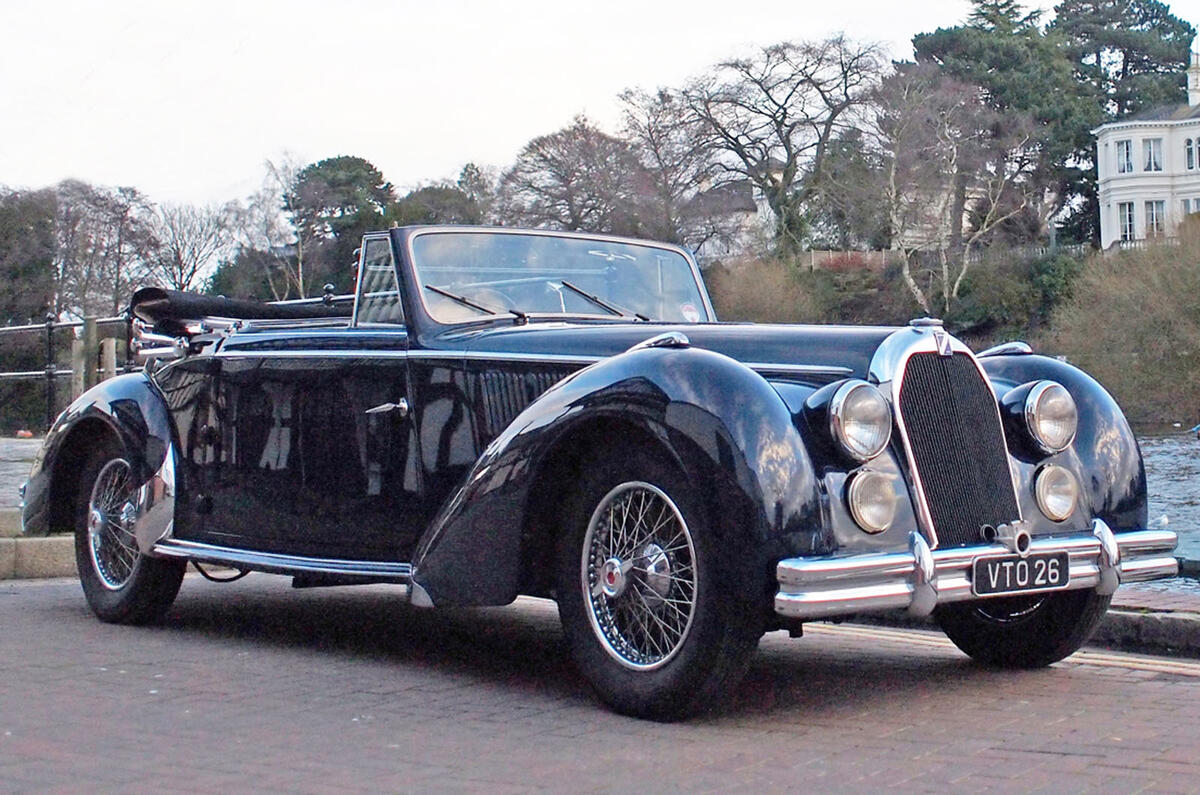
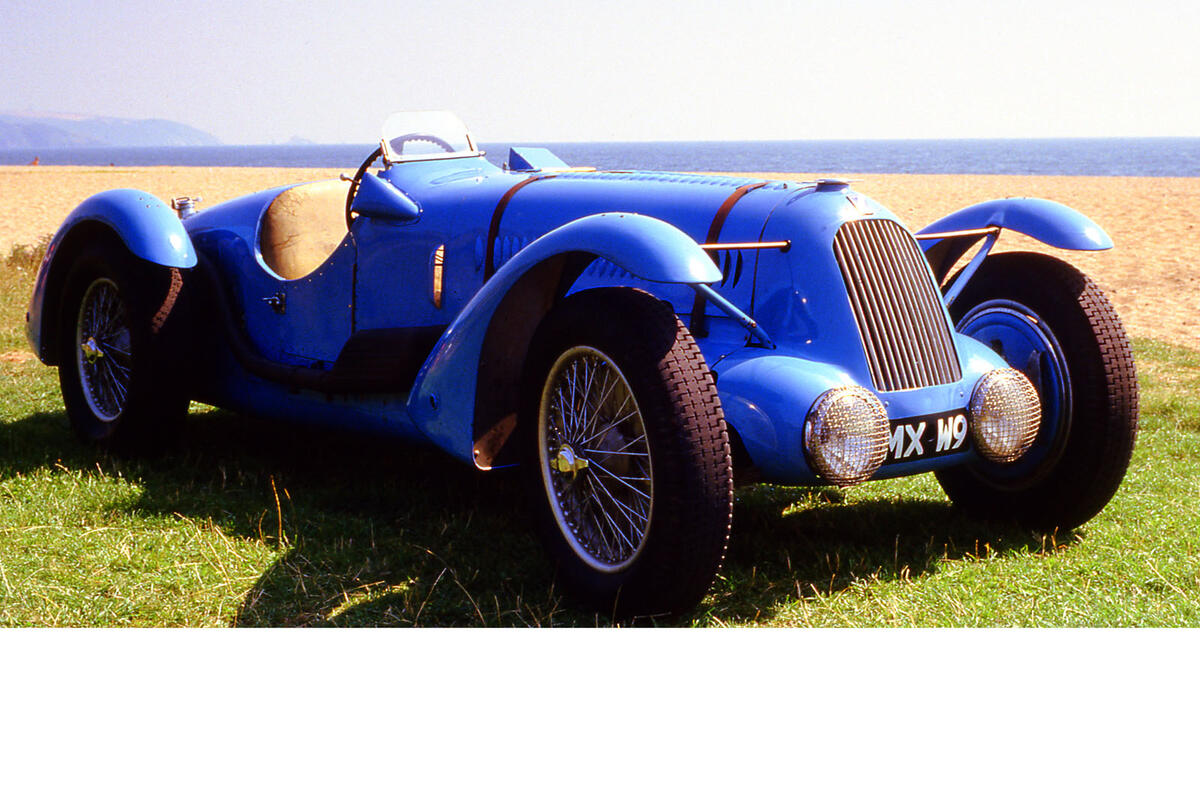

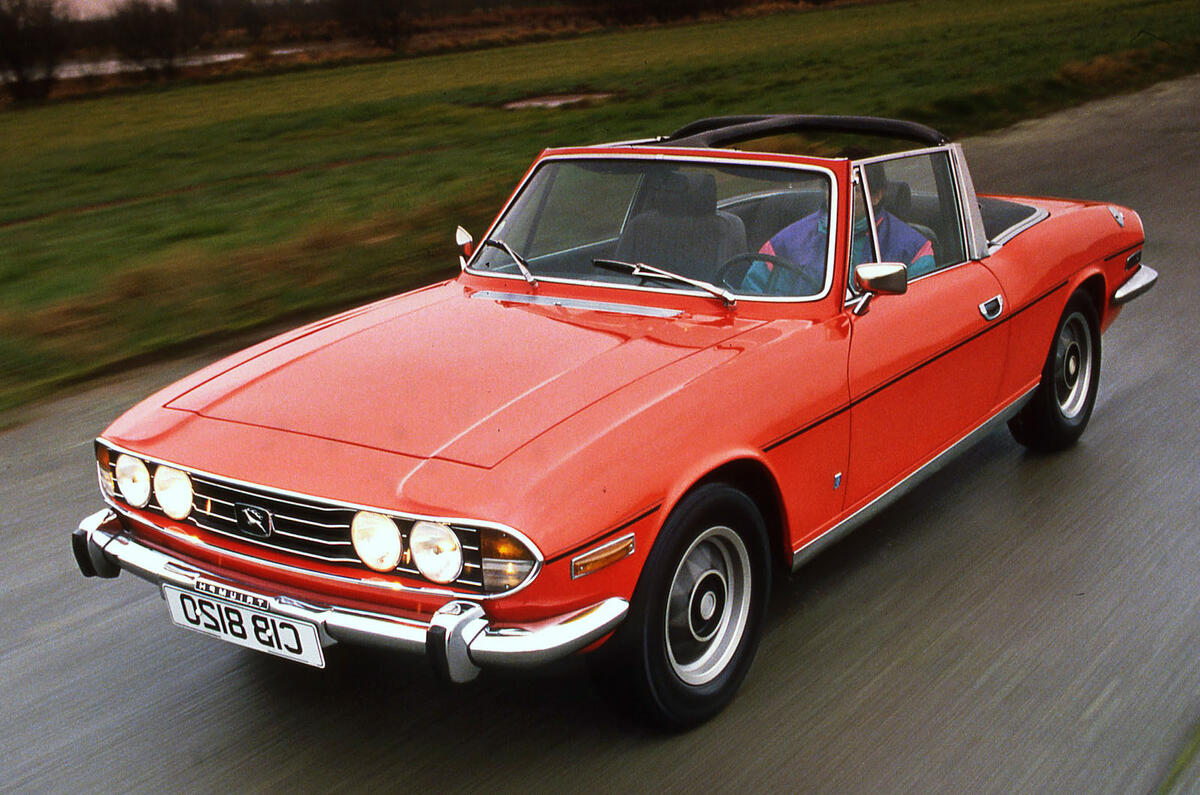

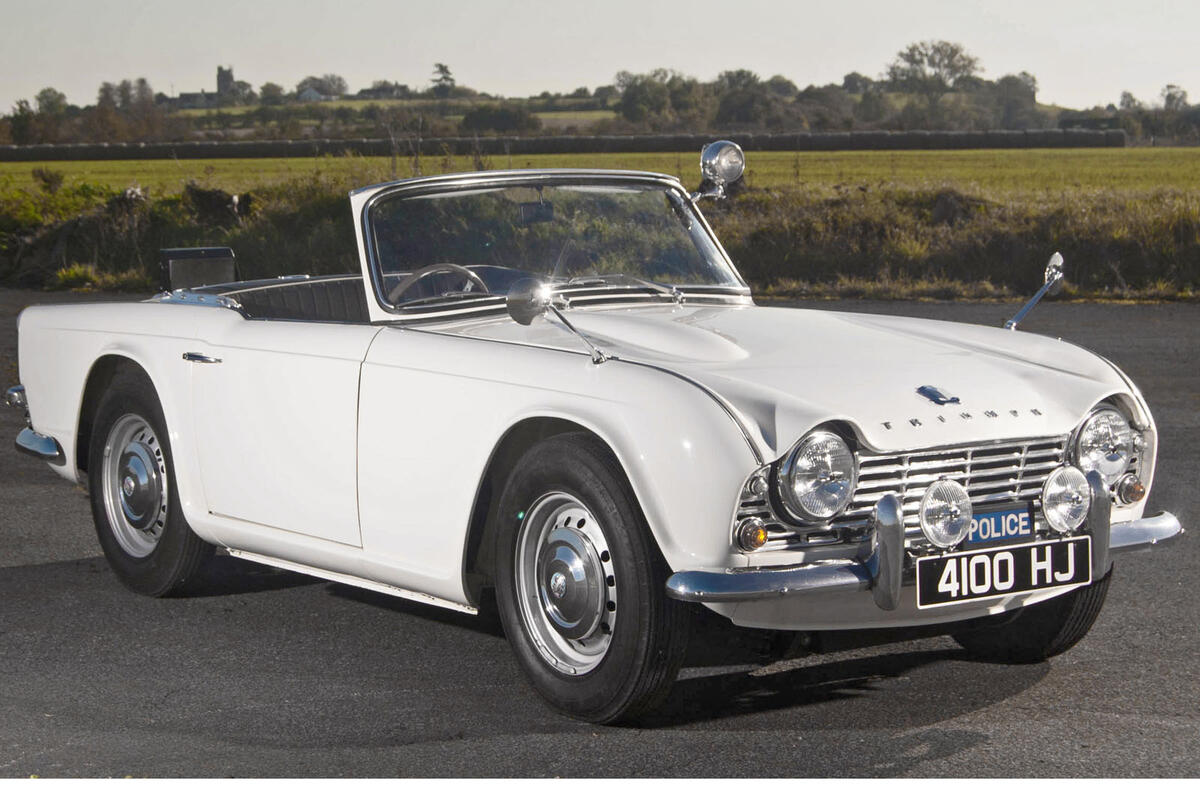

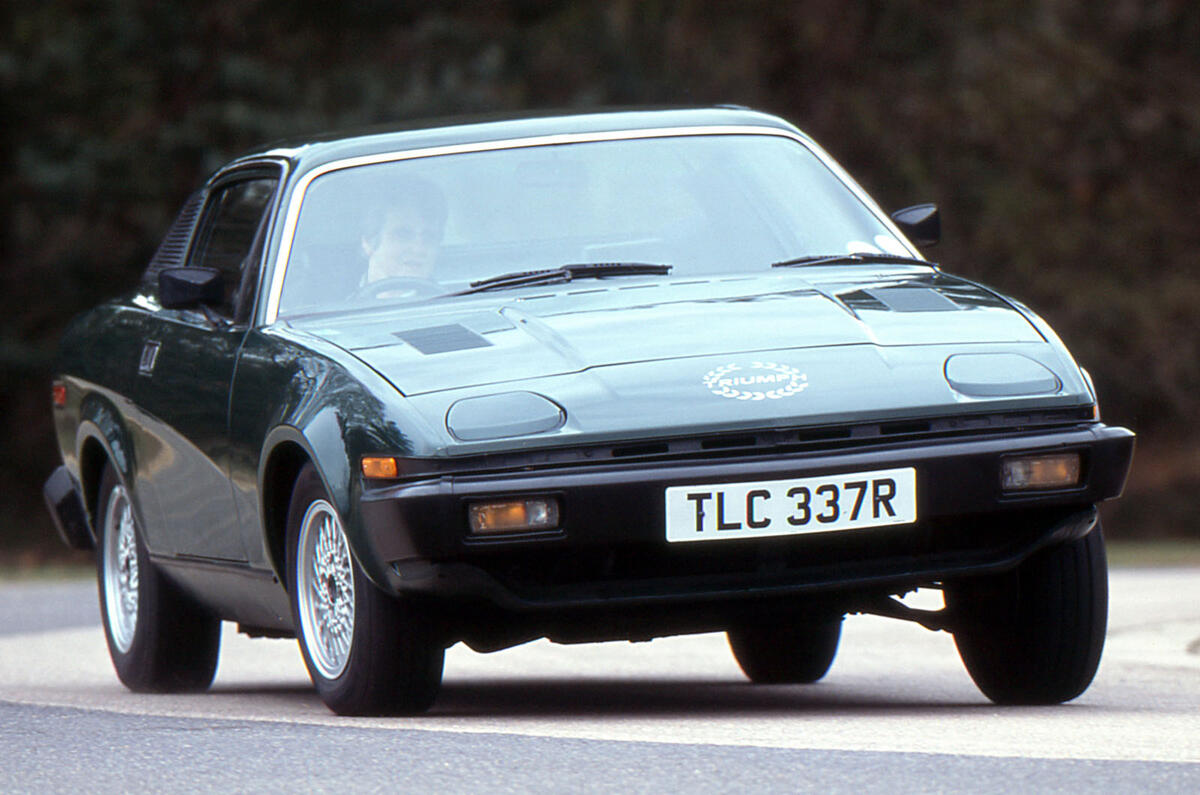
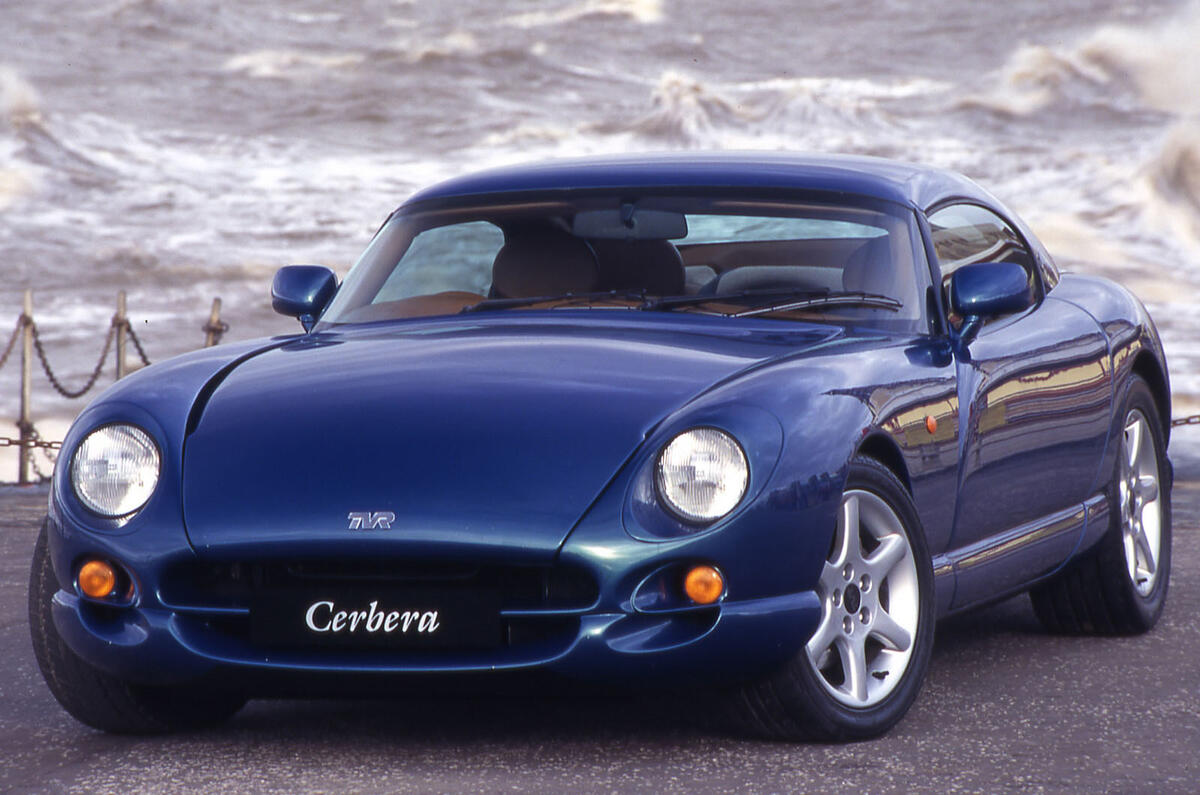
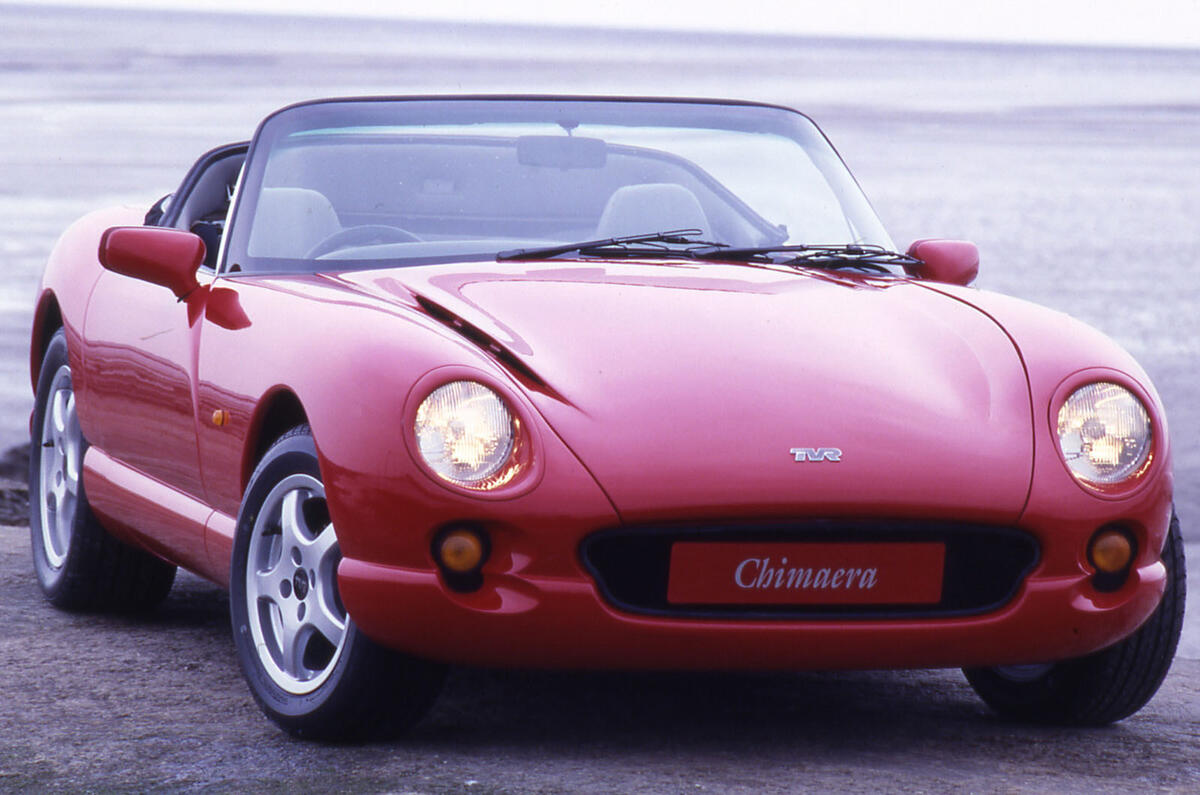
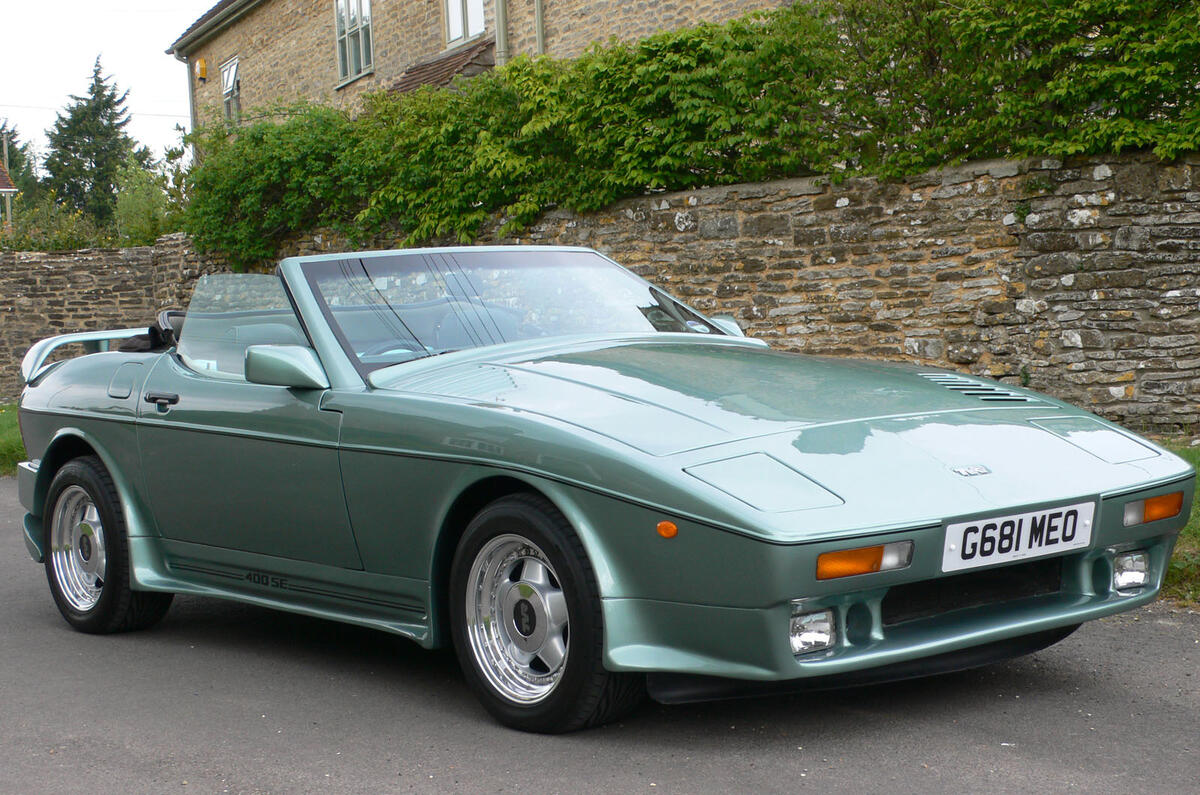
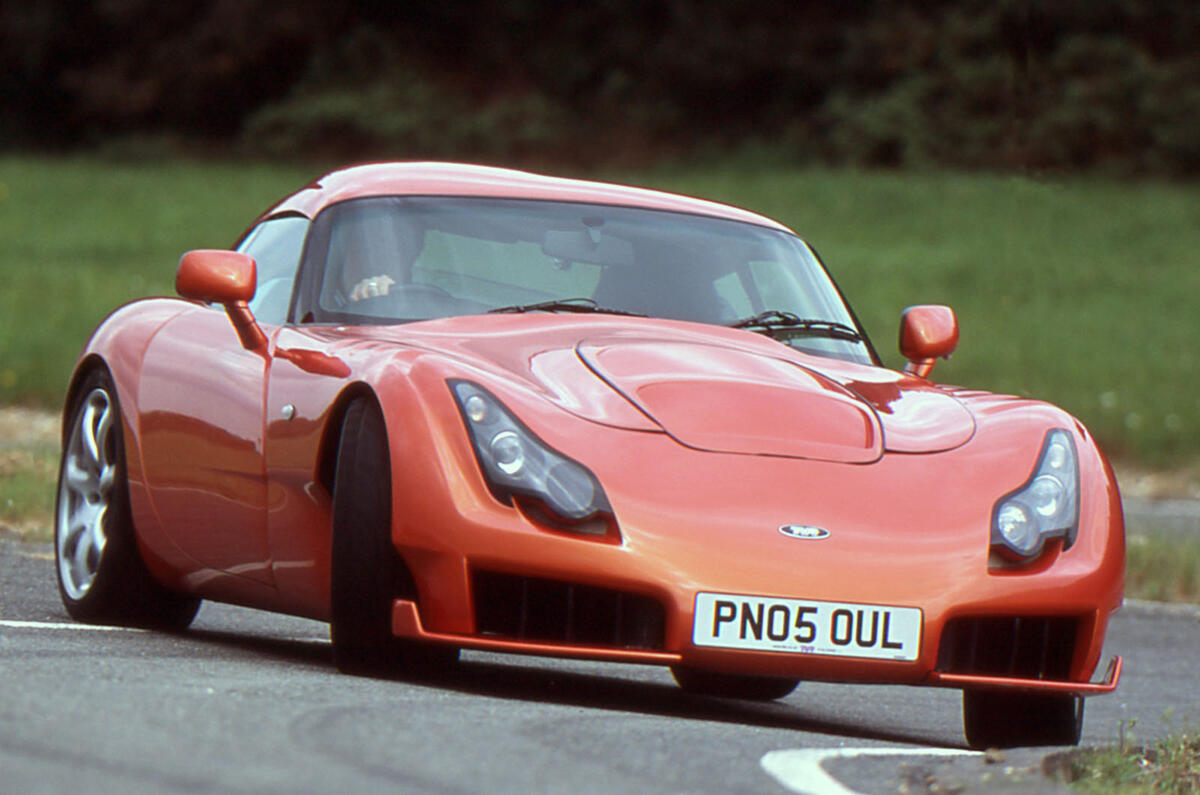
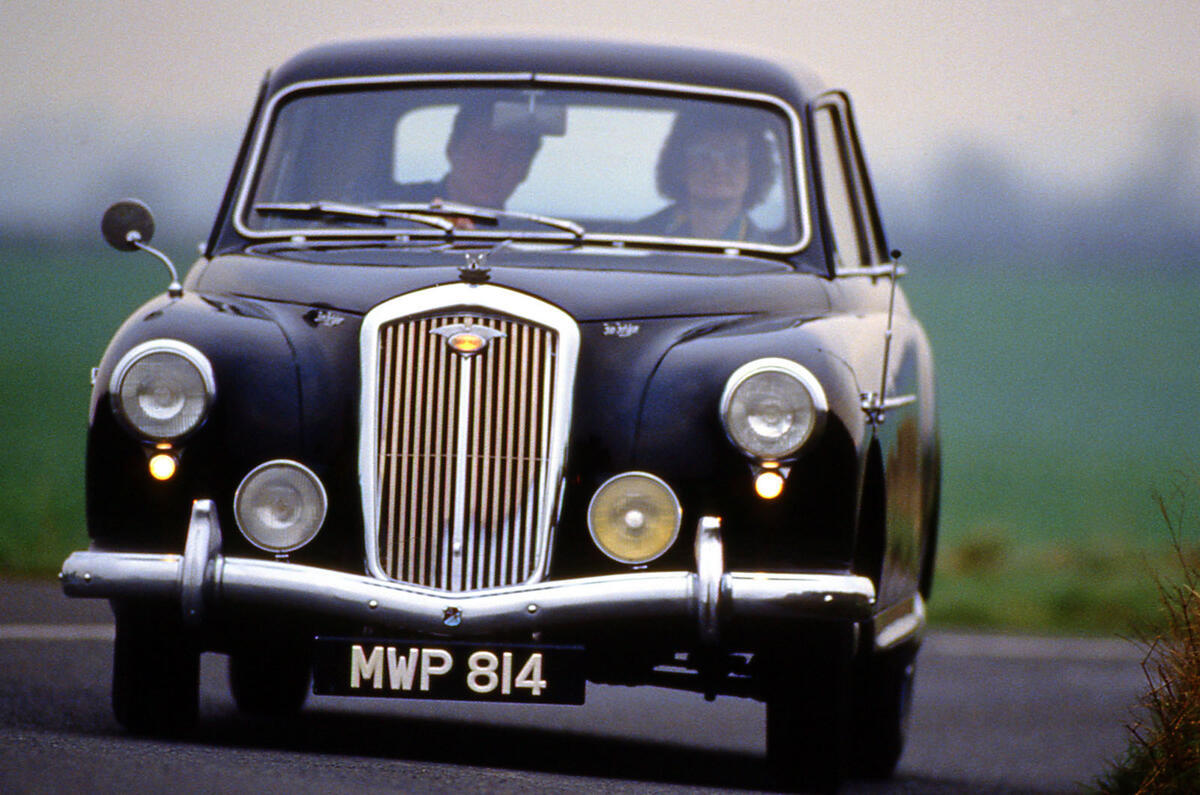
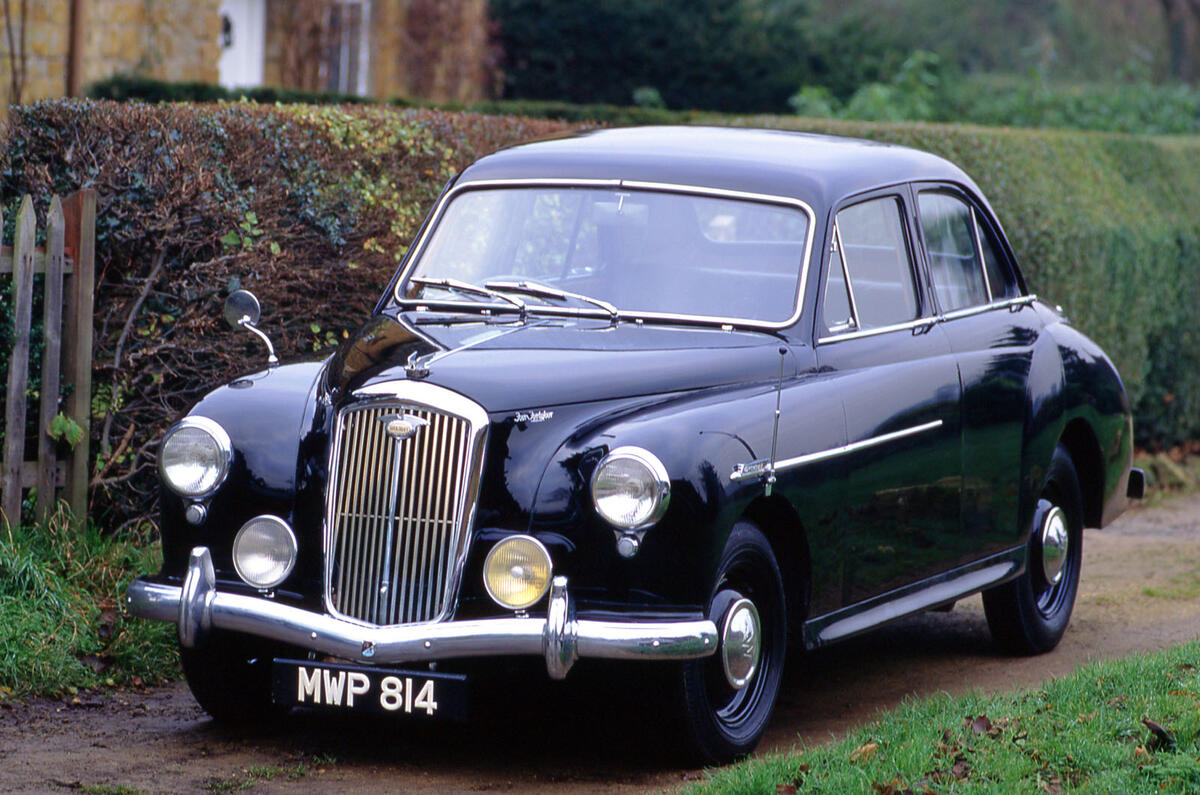
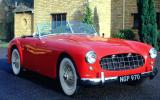
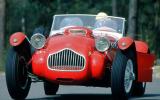

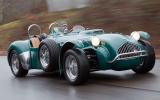
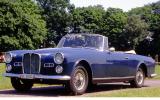

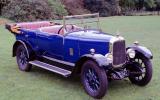

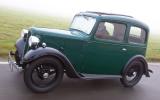
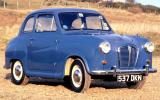
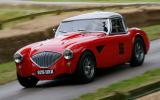
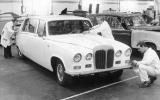
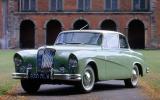
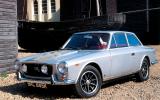
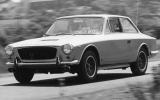
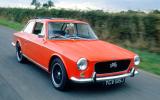
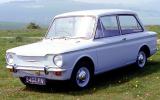

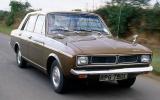
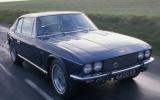
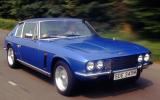

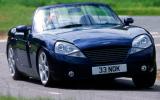
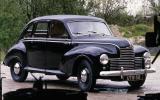
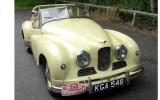
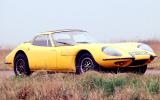
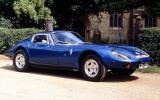
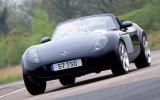
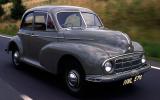
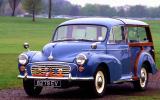
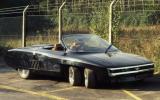
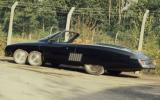
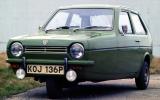
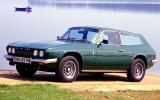
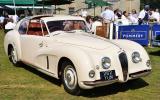
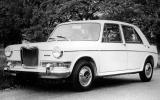
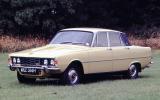
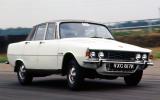
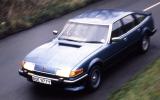

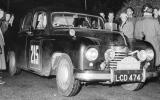
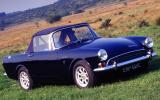
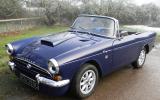
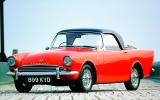

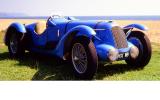

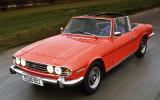
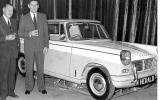
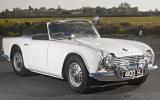
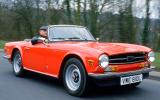
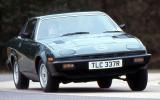
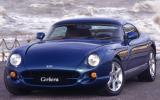
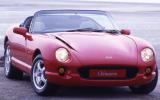
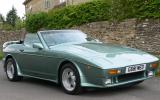
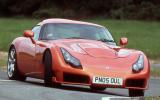
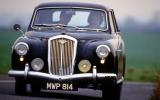



Join the debate
Add your comment
Riley's individuality "lost" in 1938
So many of the cars you've mentioned were, are, essentially fun. They remain standard bearers of individual design,
exemplary by a conventional modern paradign of look-alike "me-too" motorcars.
But I'd argue the over-used "beauty in the eye of" cliche isn't justification for condemning post 1938 Rileys as lacking in individuality.
William Morris might be held to account for some things, but surely not the beautiful, sweeping, fast post WW2 Riley RMA, RMB & RMC, and certainly not the astonishing Riley Roadster... No matter how "big its backside looked" to Continental eyes.
Also
Healey, was owned by HFI who bought from Geoffrey Healey as Healey Automobile Consultants Limited, and plans for a new car were drawn up in 2007. Then the was an argument between Nanjing over the name. Then they agreed to work together and relaunch Austin-Healey. Nanjing was taken over by SAIC and it's gone quite, HFI seems no-longer exists so who owns Healey? Incidentally The Donald Healey Motor Company, was owned by a company called Hamblin. I assume this must have been bought after Jensen's bankruptcy in 1976.
Not dead, just resting.
Latest rumour on Riley, is that it is to be relaunched as Rolls-Royces sporting baby brother. The BMW 8 series never really sold, and their have been complaints about the interiors of the current 6 series. Riley is supposed to be relaunched to fill that gap, with BMW mechanicals and Rolls-Royce interiors. Actually Riley themselves tried that with the Autovia marque, to go into Bentley territory. Trouble was they launched it in 1935 and only made 44.
Triumph was to be BMW's Skoda. Using the recently discontinued floorpans etc of 1, 3 and 5 series models, but with no electronic gadgetry. This would also lead to Spitfire, TR and Stag relaunches using the saloons mechanicals.
JLR have Daimler, Lanchester, Rover, BSA motorcars, Guy, Star, Starling and Stuart.
The previous Mr Tata, wanted Daimler to go back to it's 1920 - 50's Glory Days, when they were ultimate luxury. It was the Royal limousine until one failed in 1948 while carrying the King.
Lanchester, was responsible for the first all wheel drive vehicle and it's been mentioned as being relaunched has Land Rover/Range Rover's ultimate luxury marque.
Alvis exists. Red Triangle bought the name from BAE systems in 2009. Their going to make new build 4.3's with Vanden Plas Tourer bodies.
www alviscars co uk , put the dots in to take you to the site.